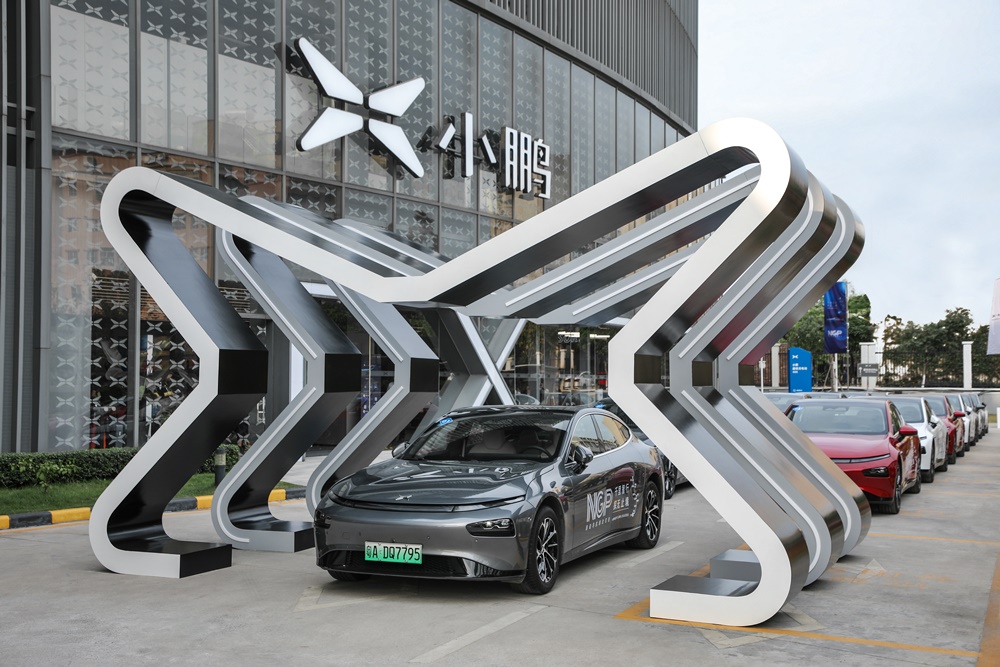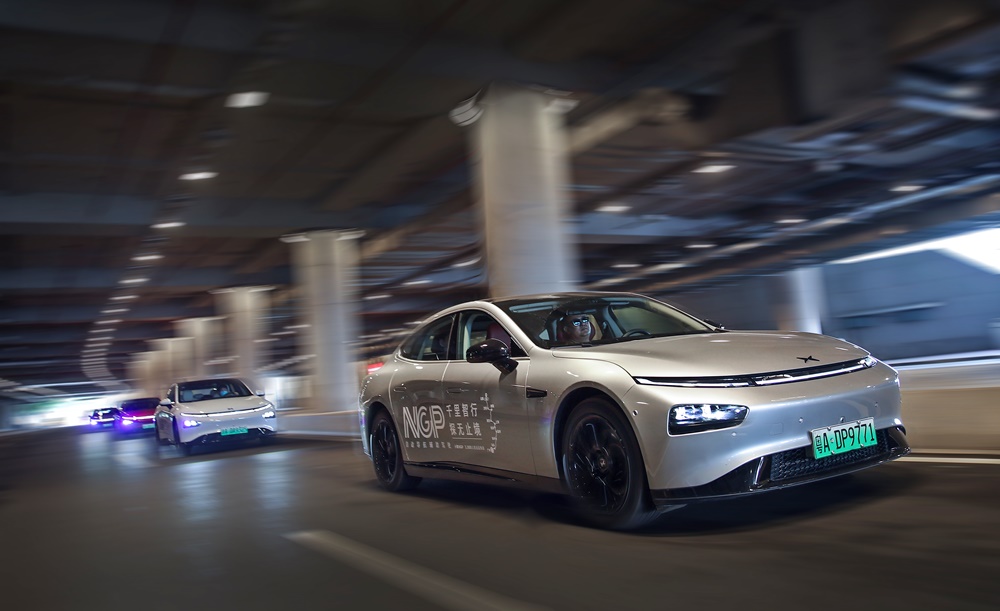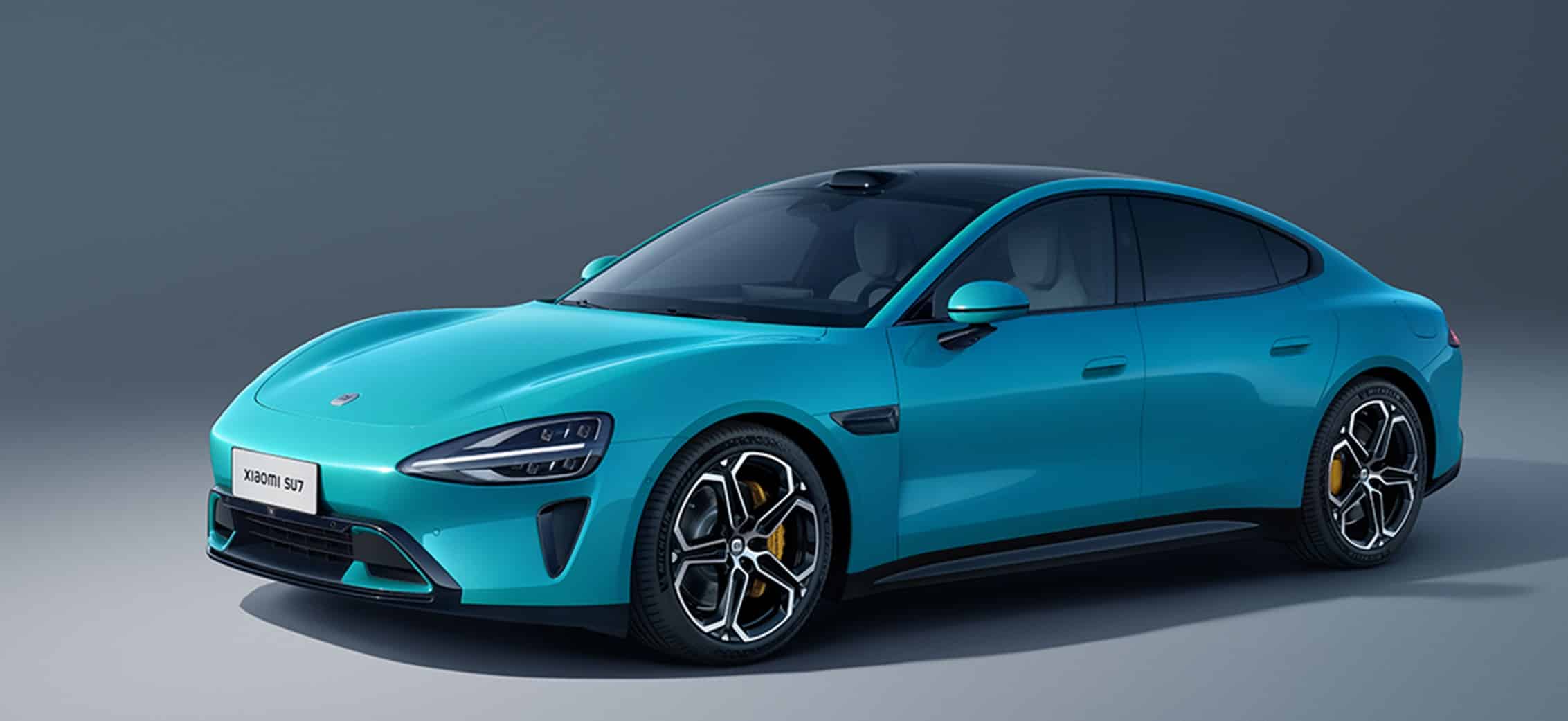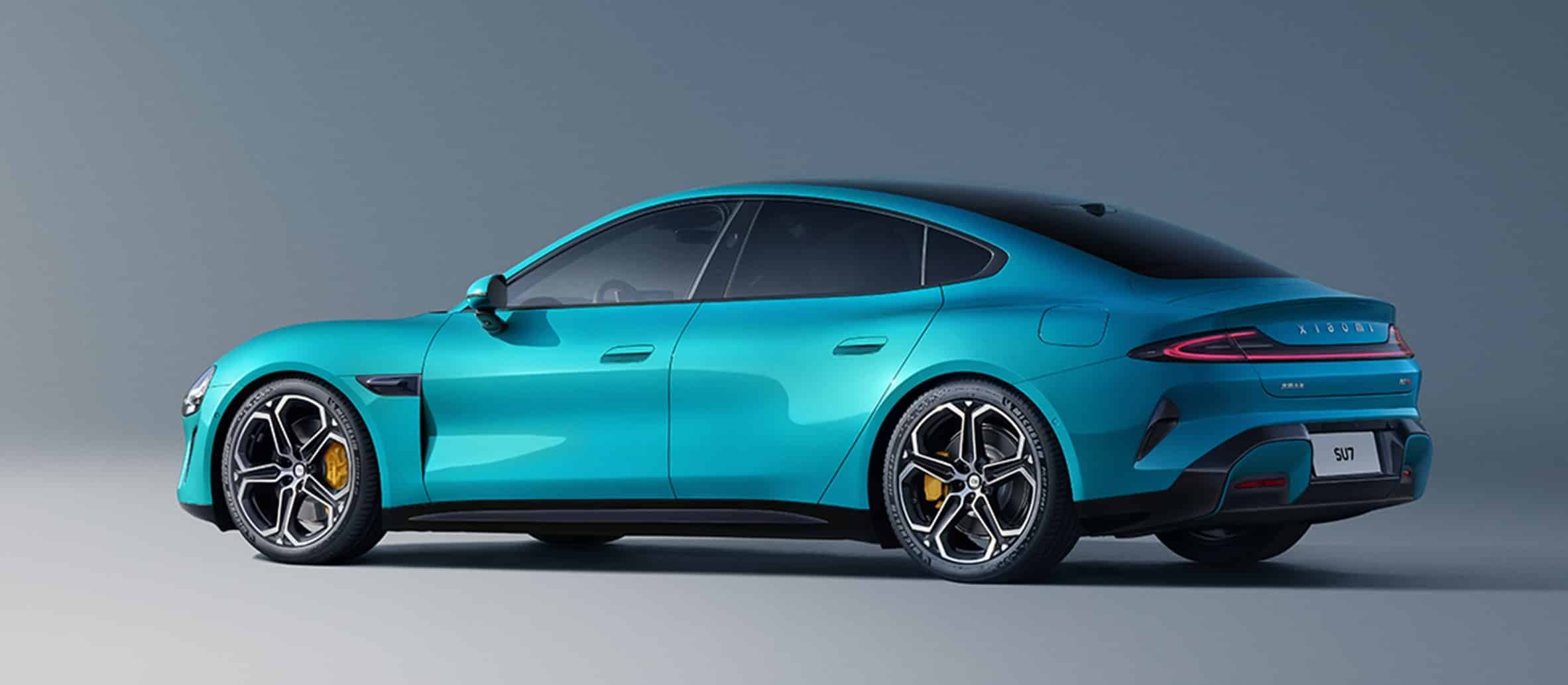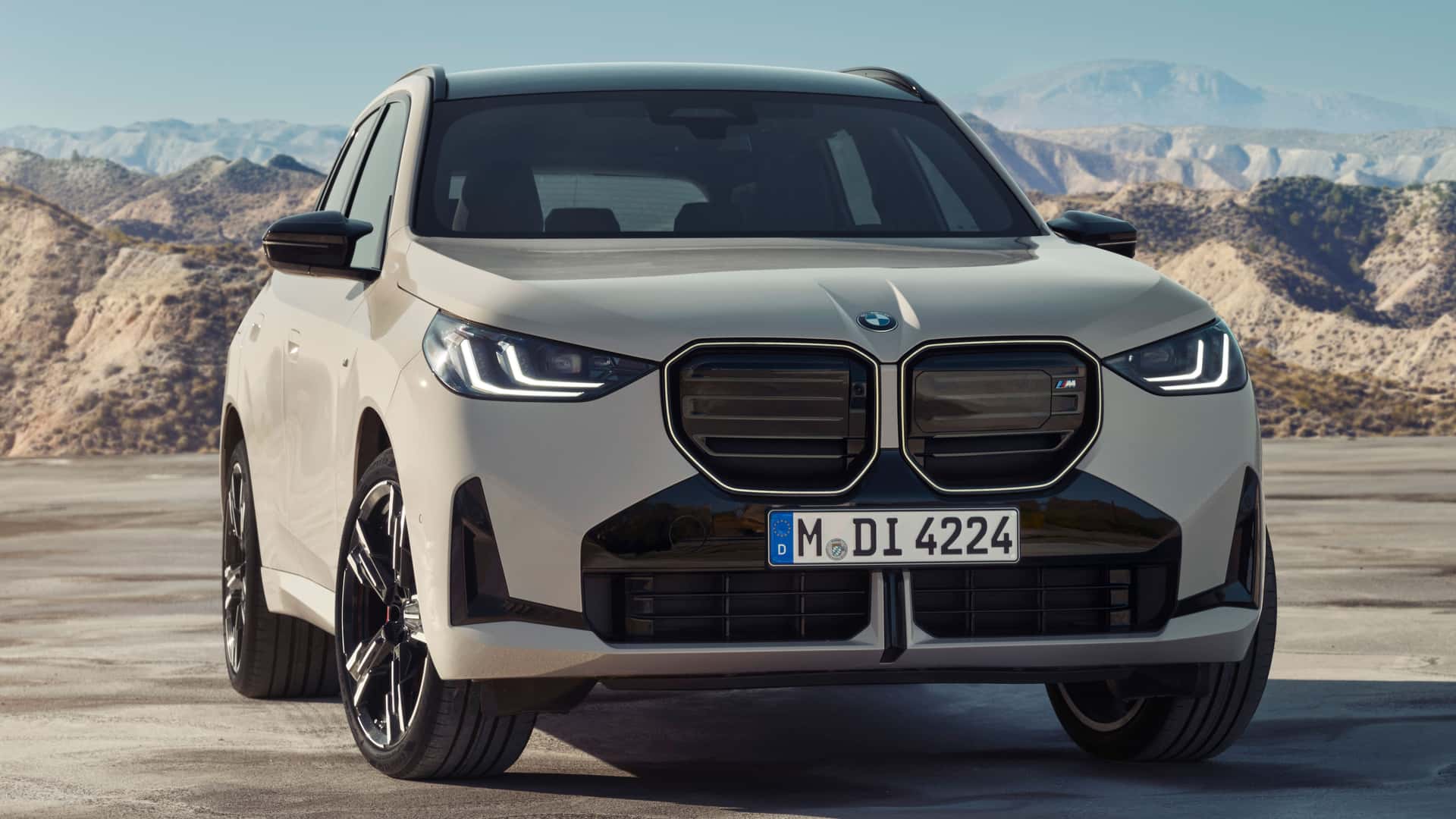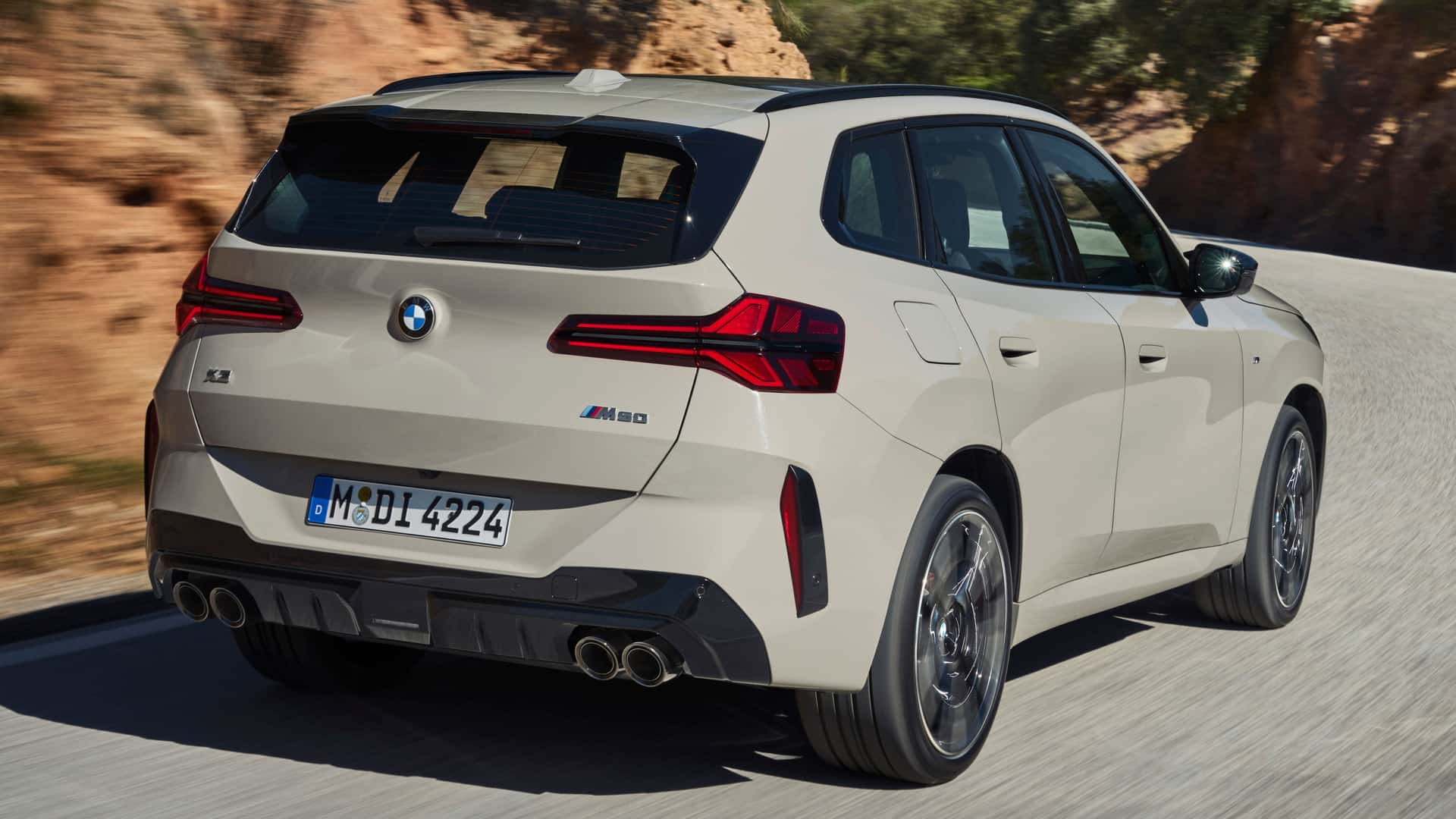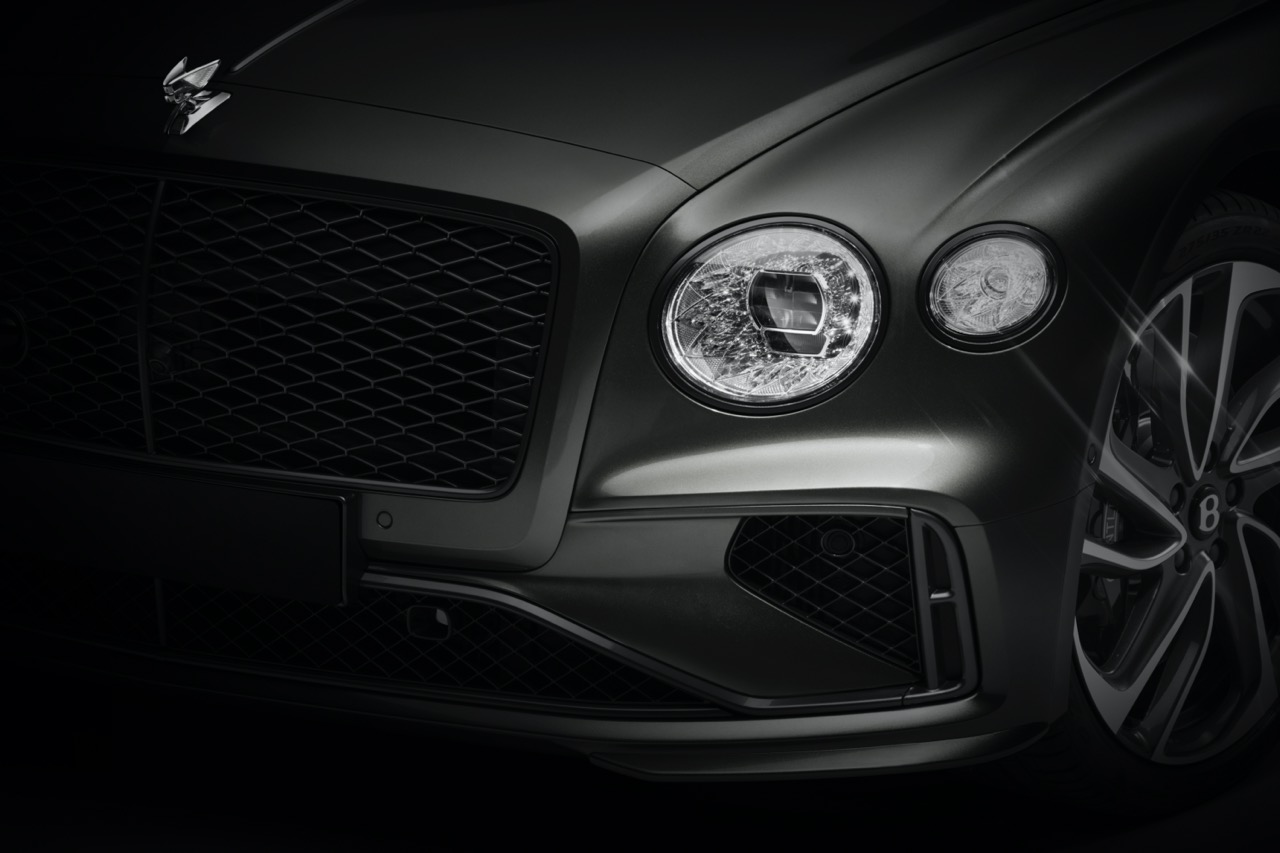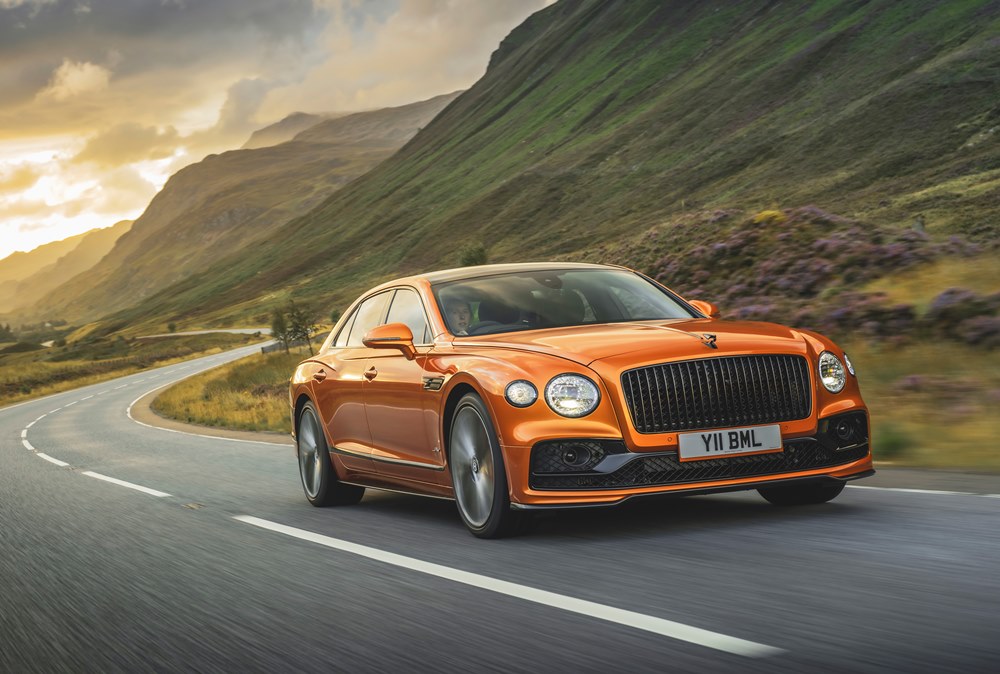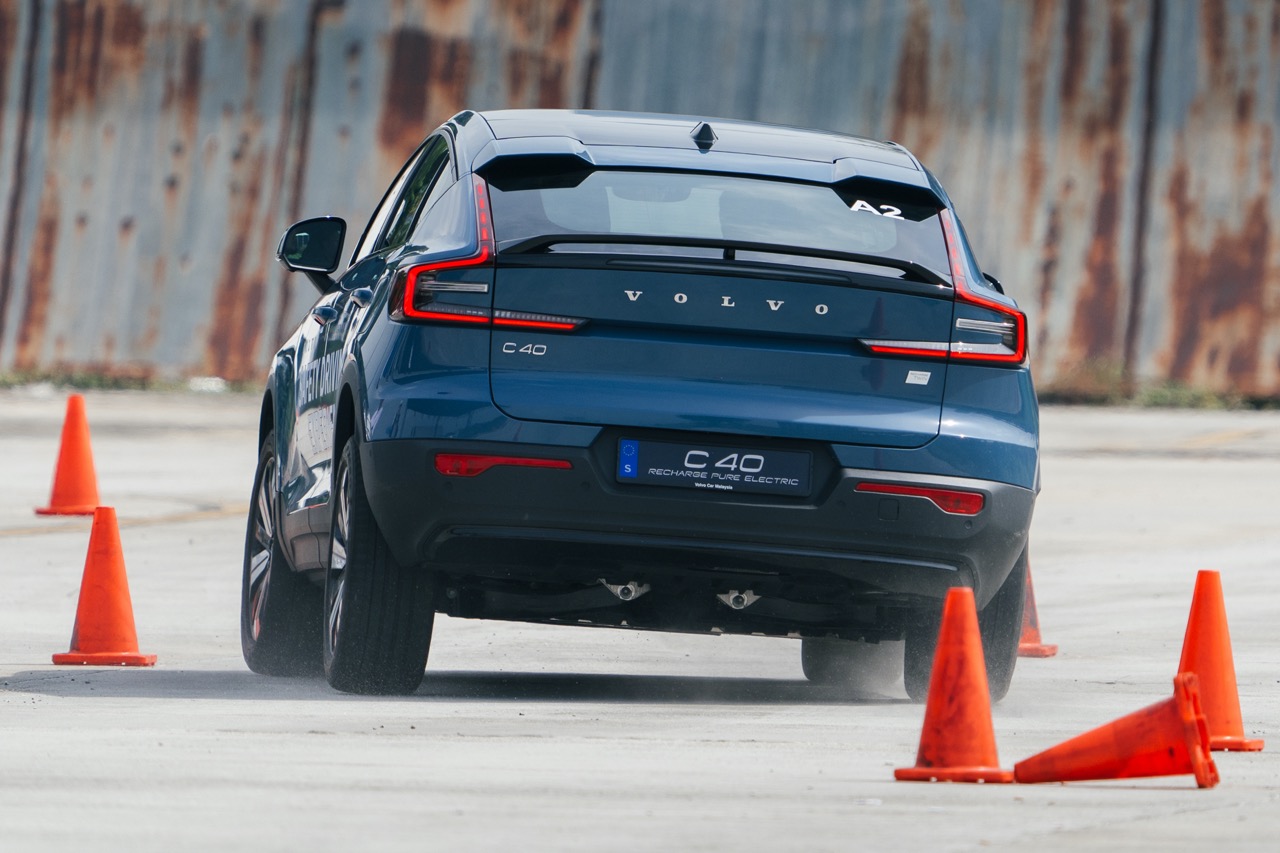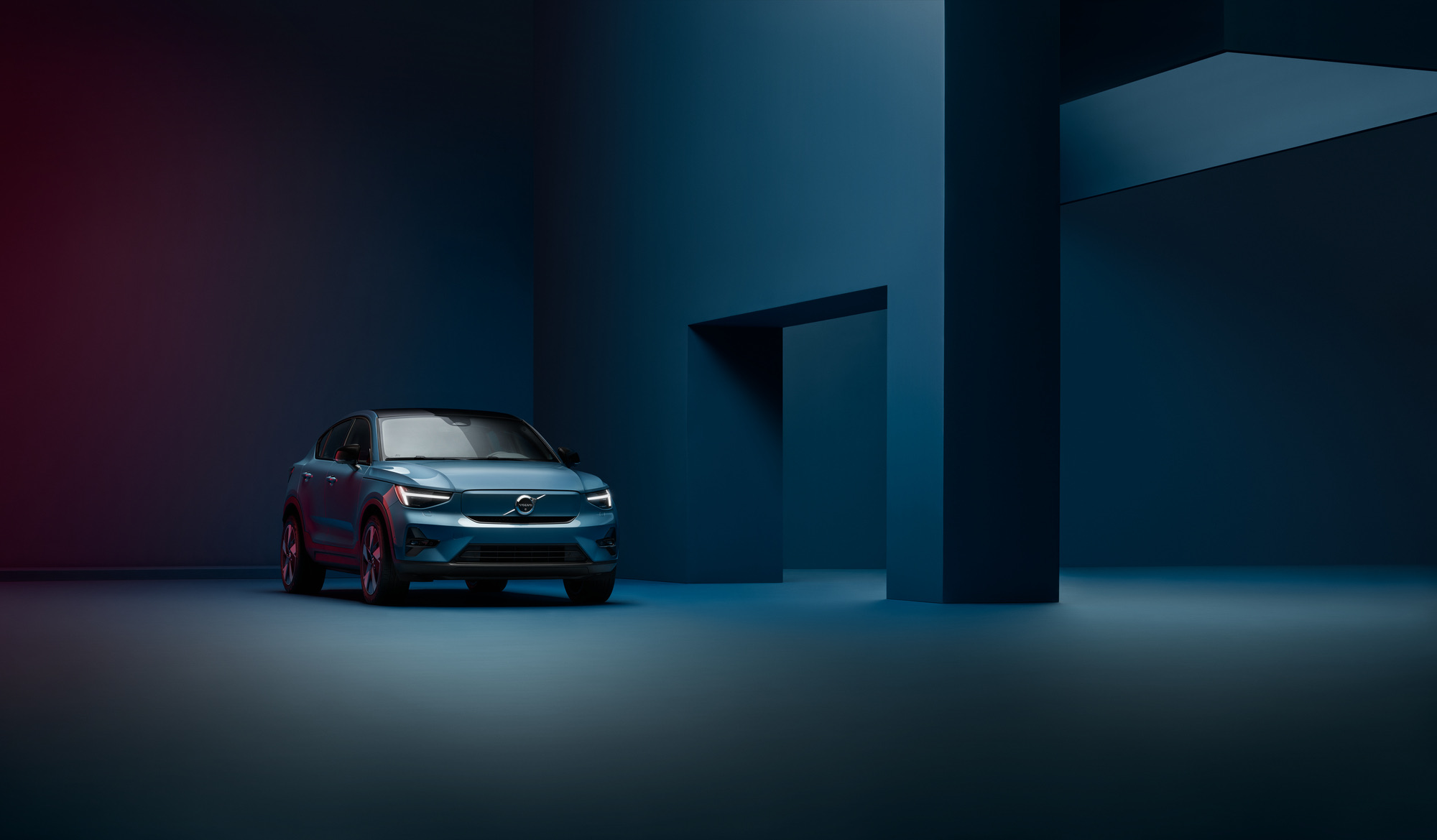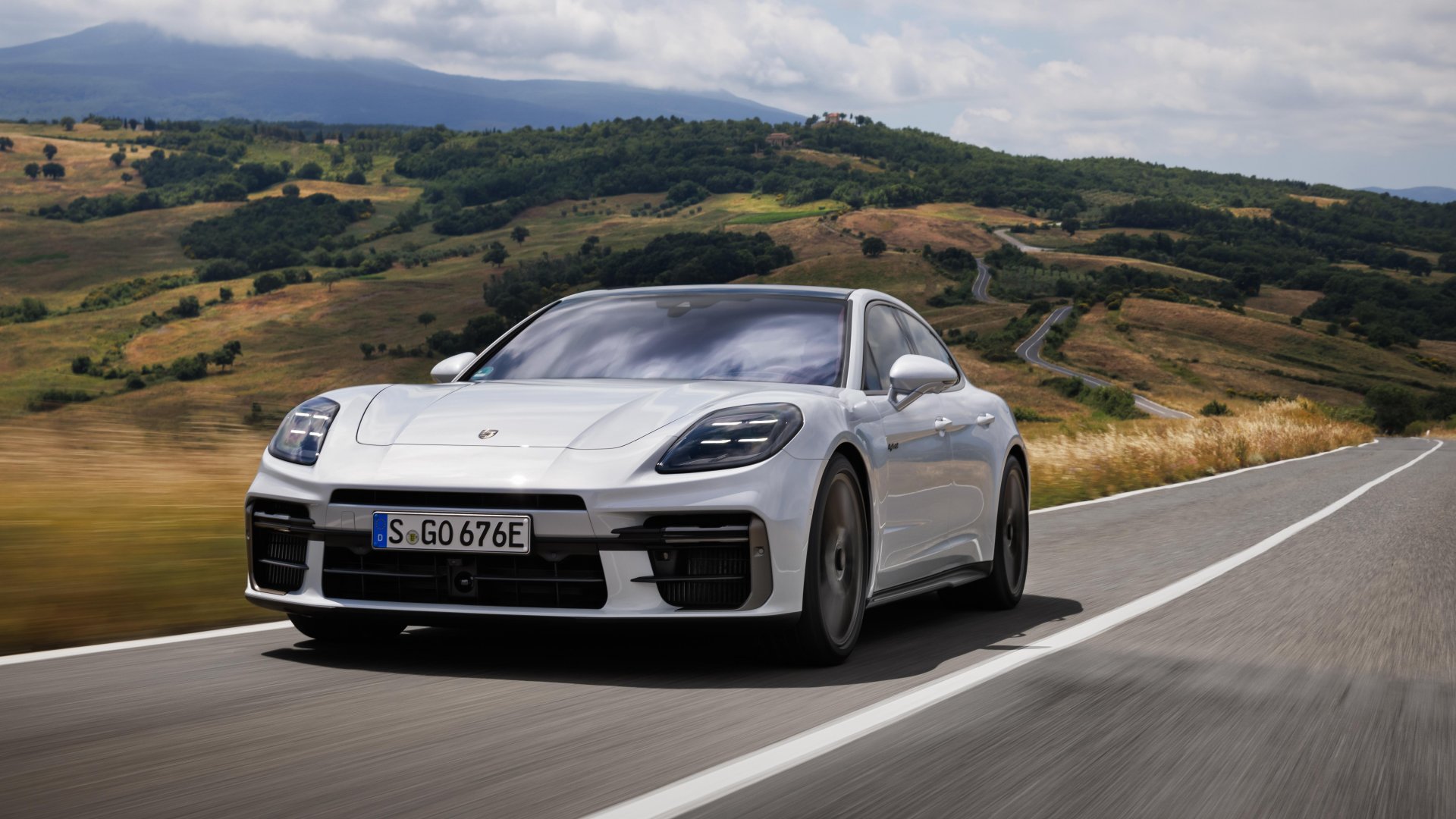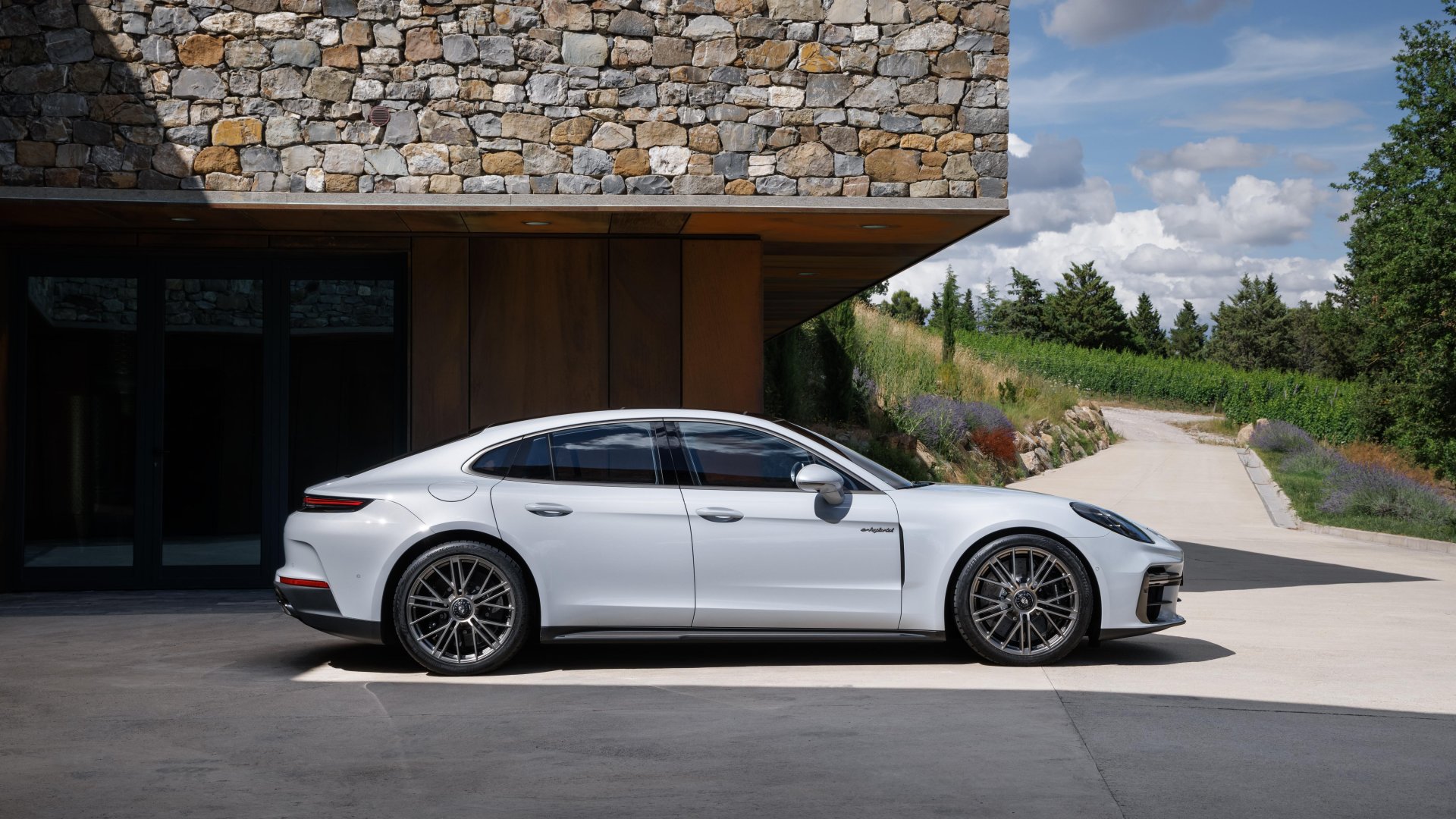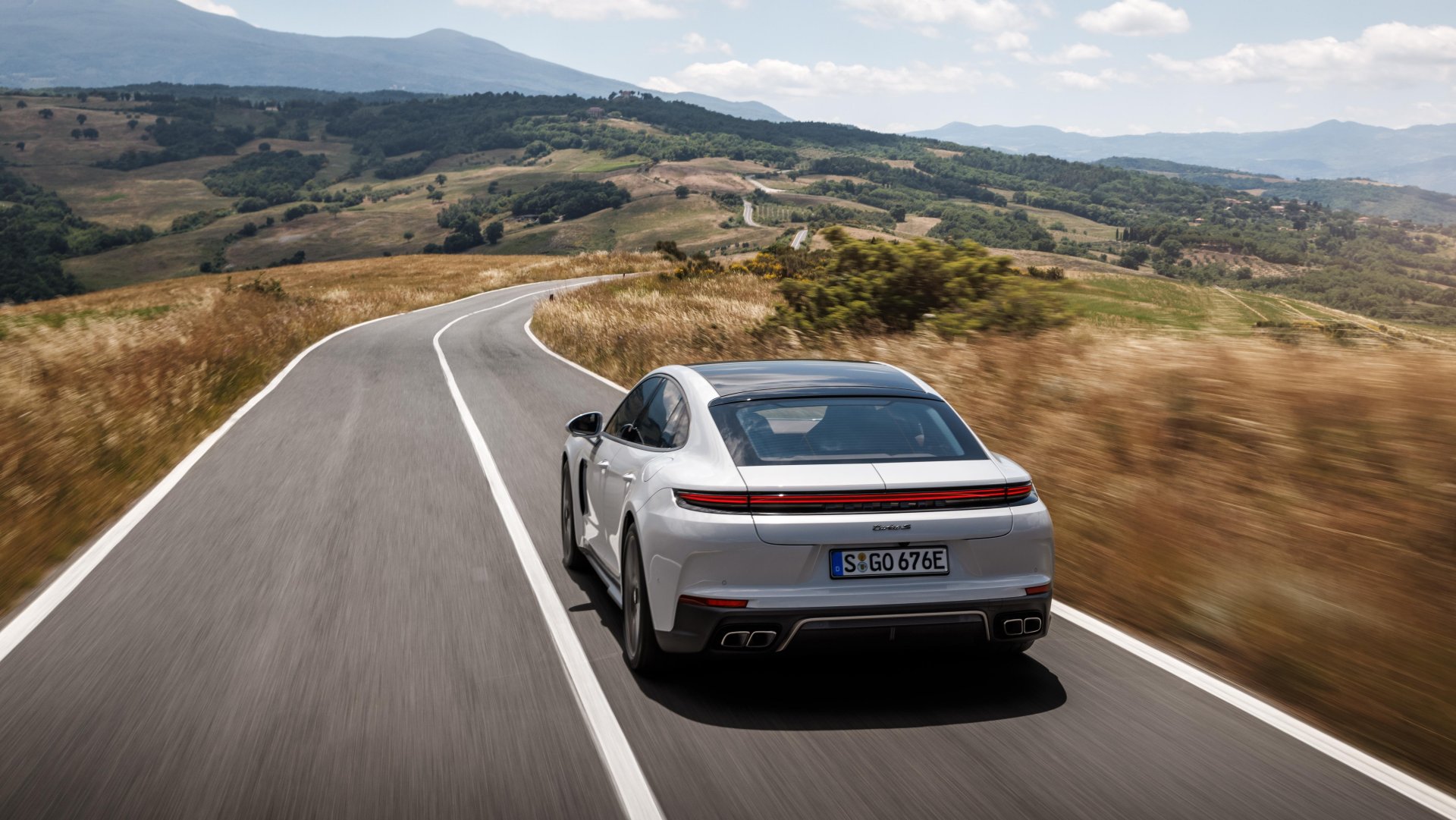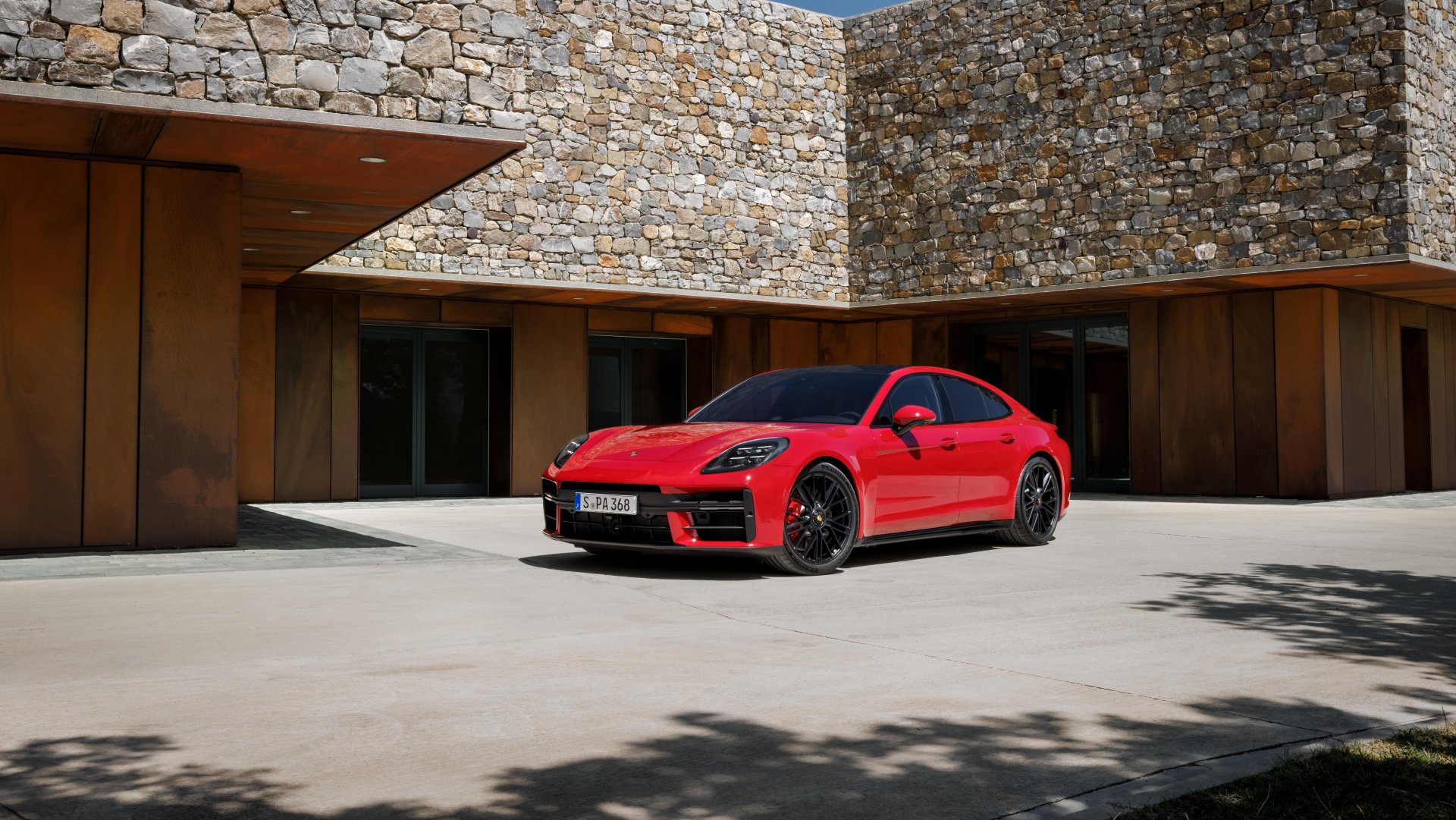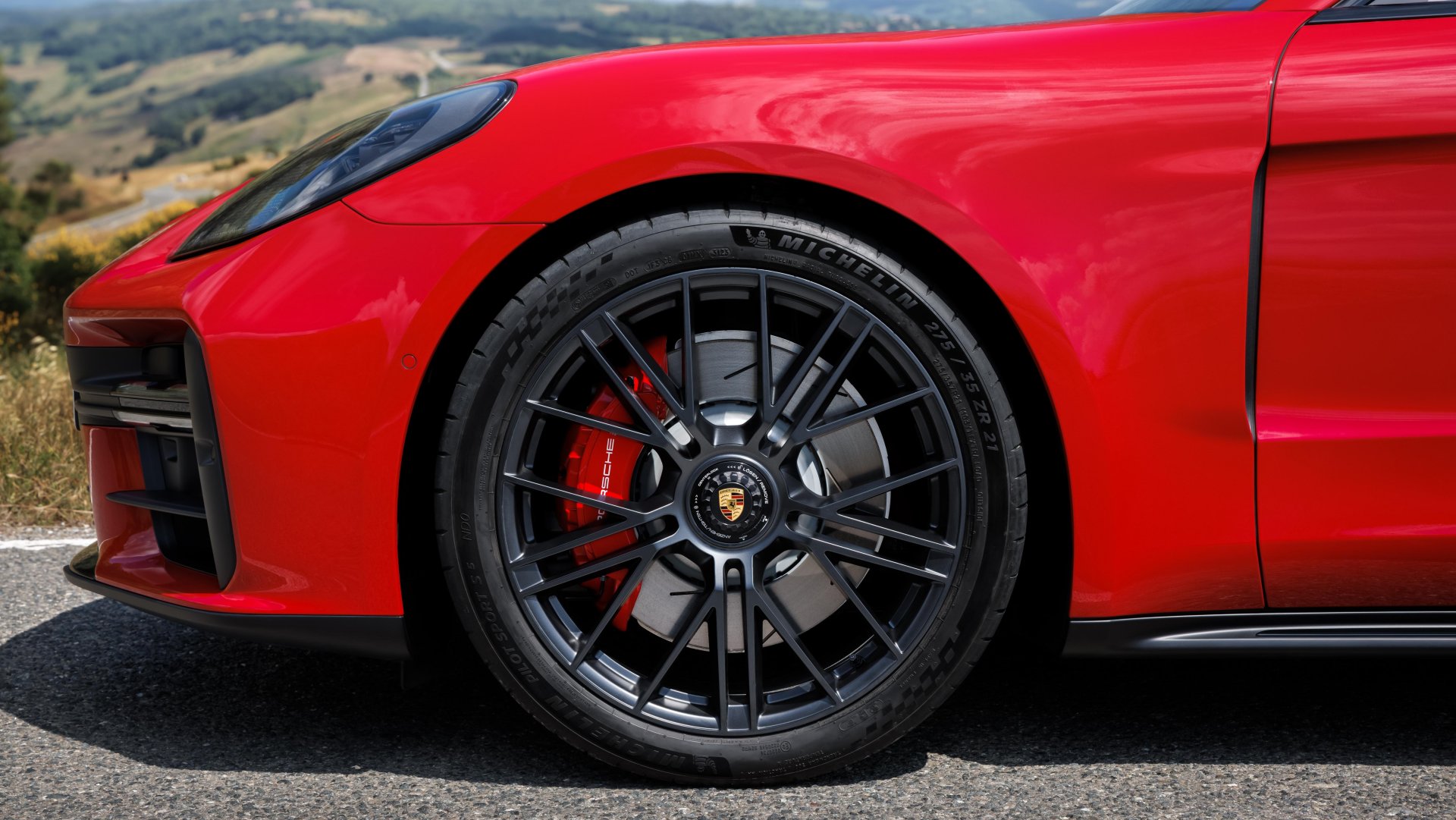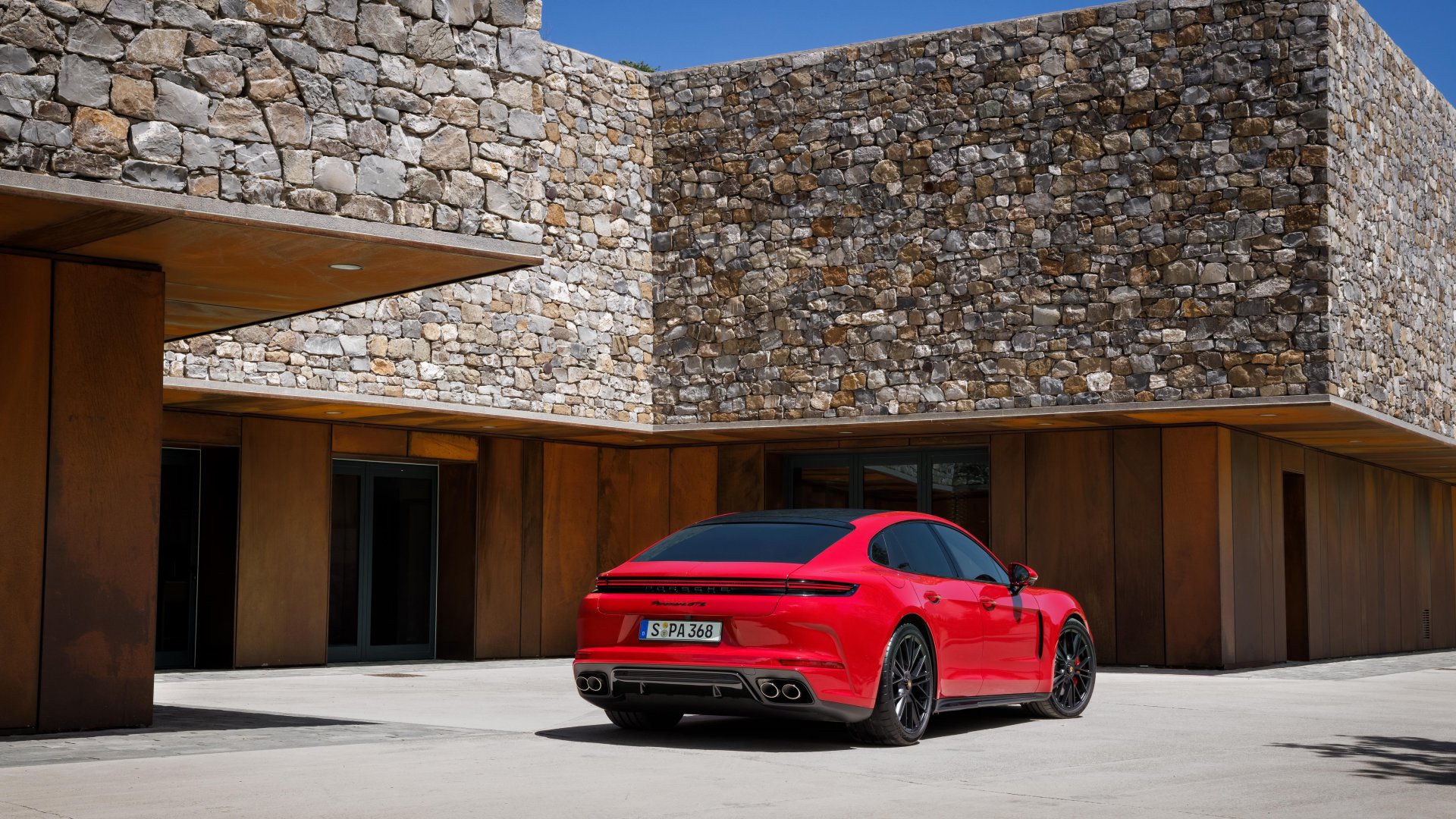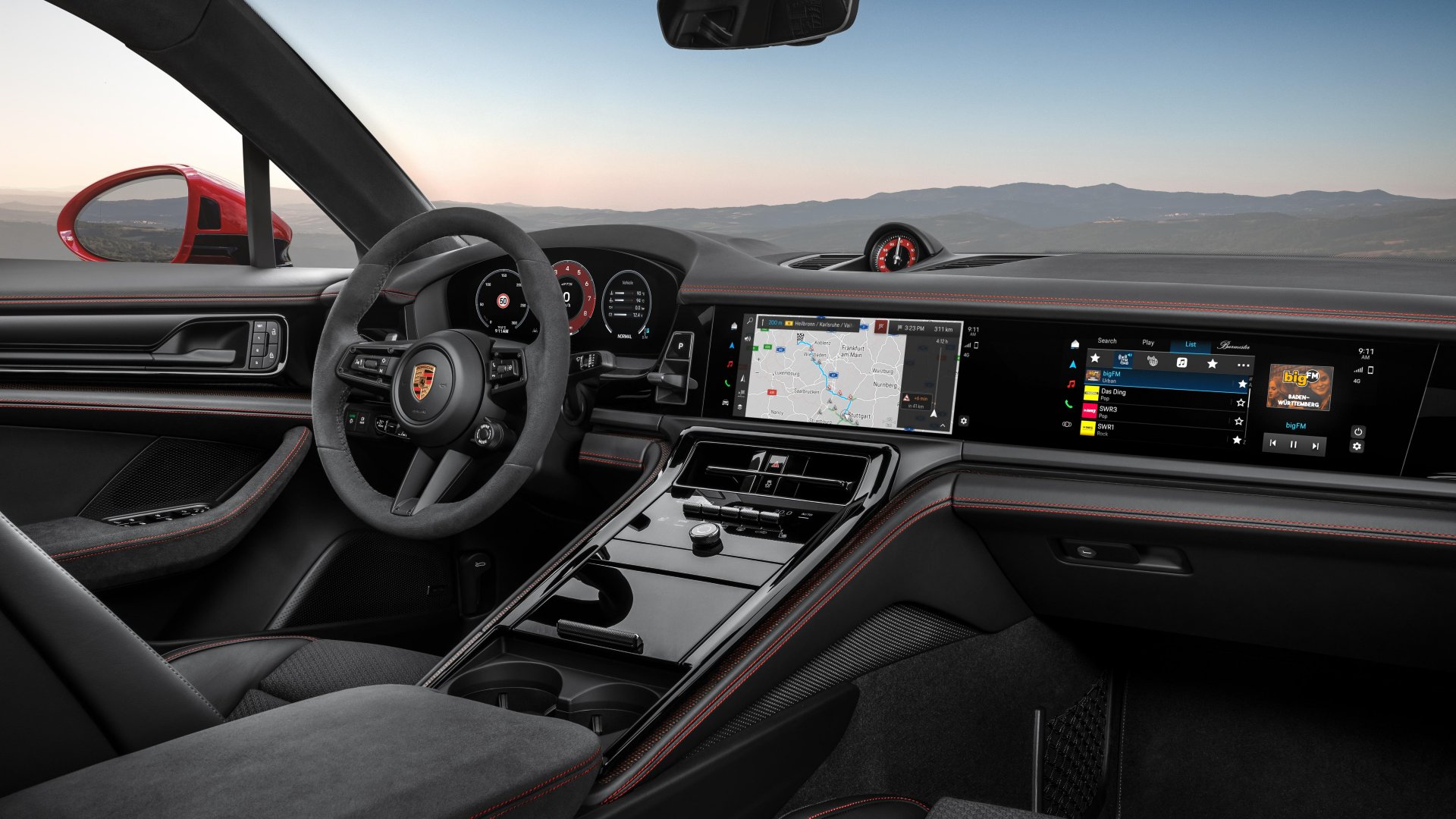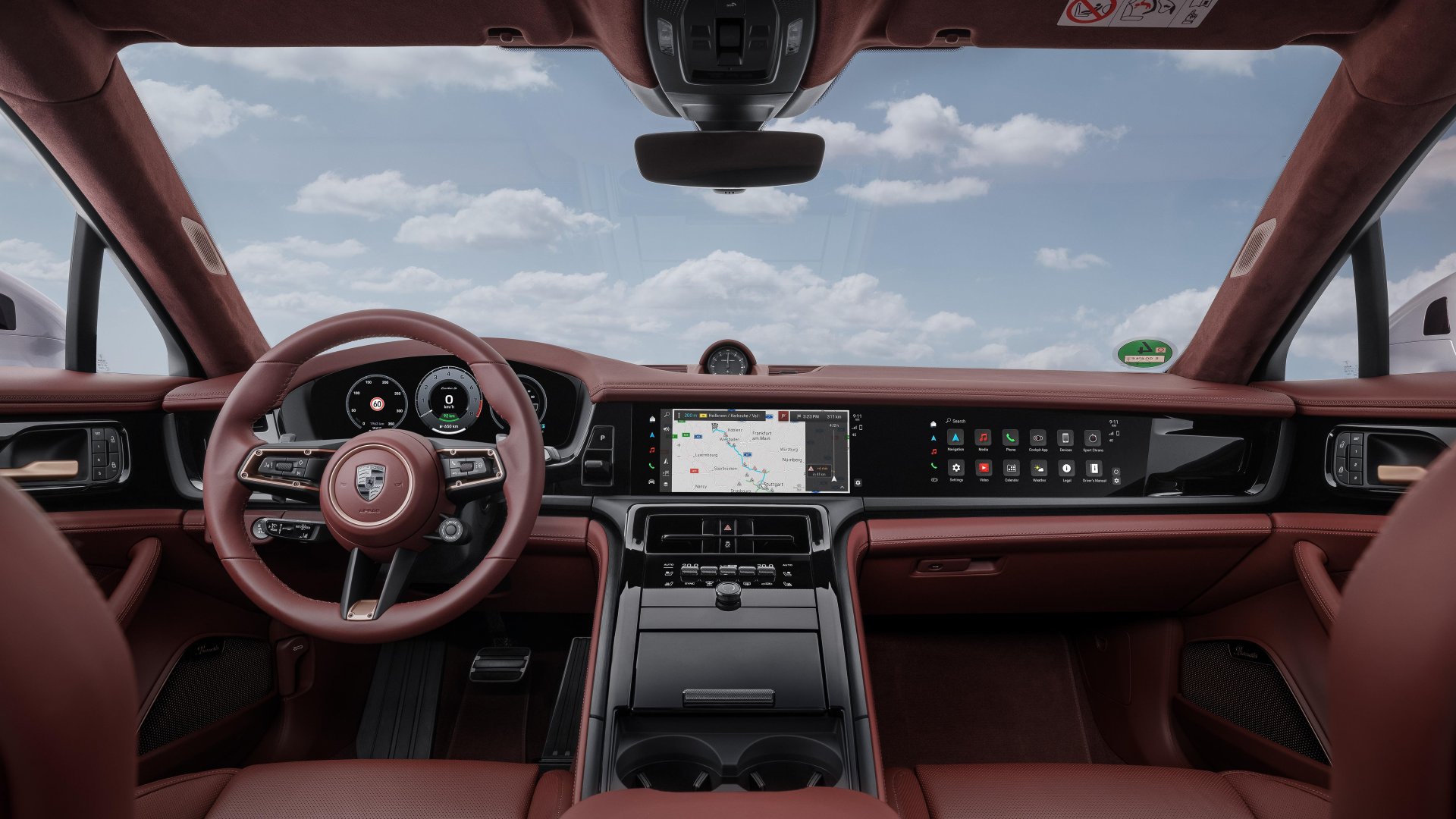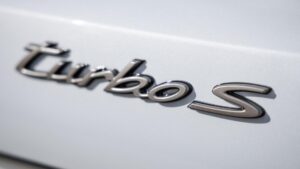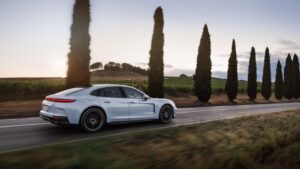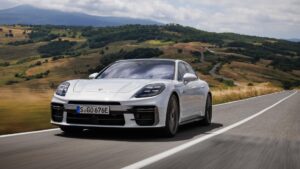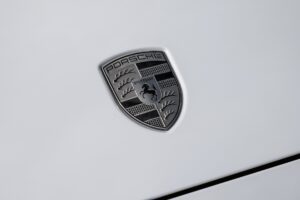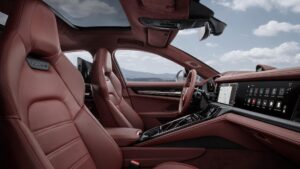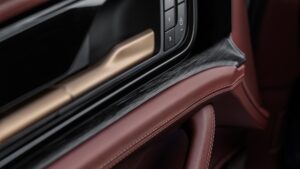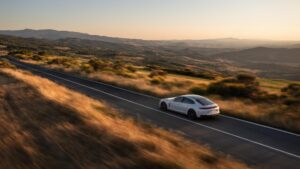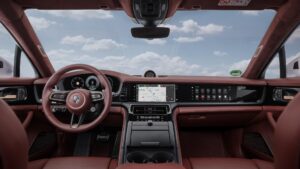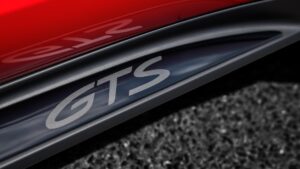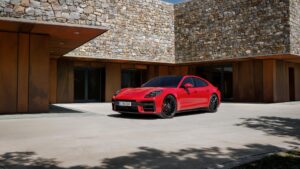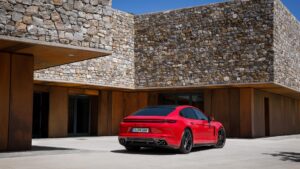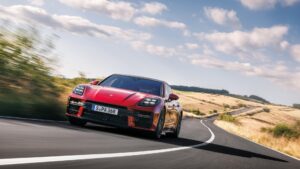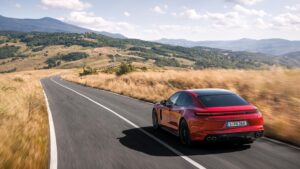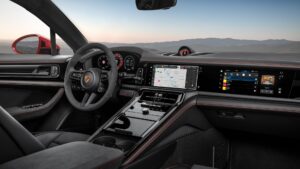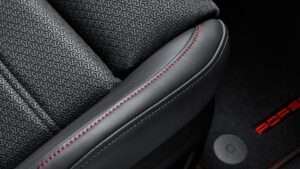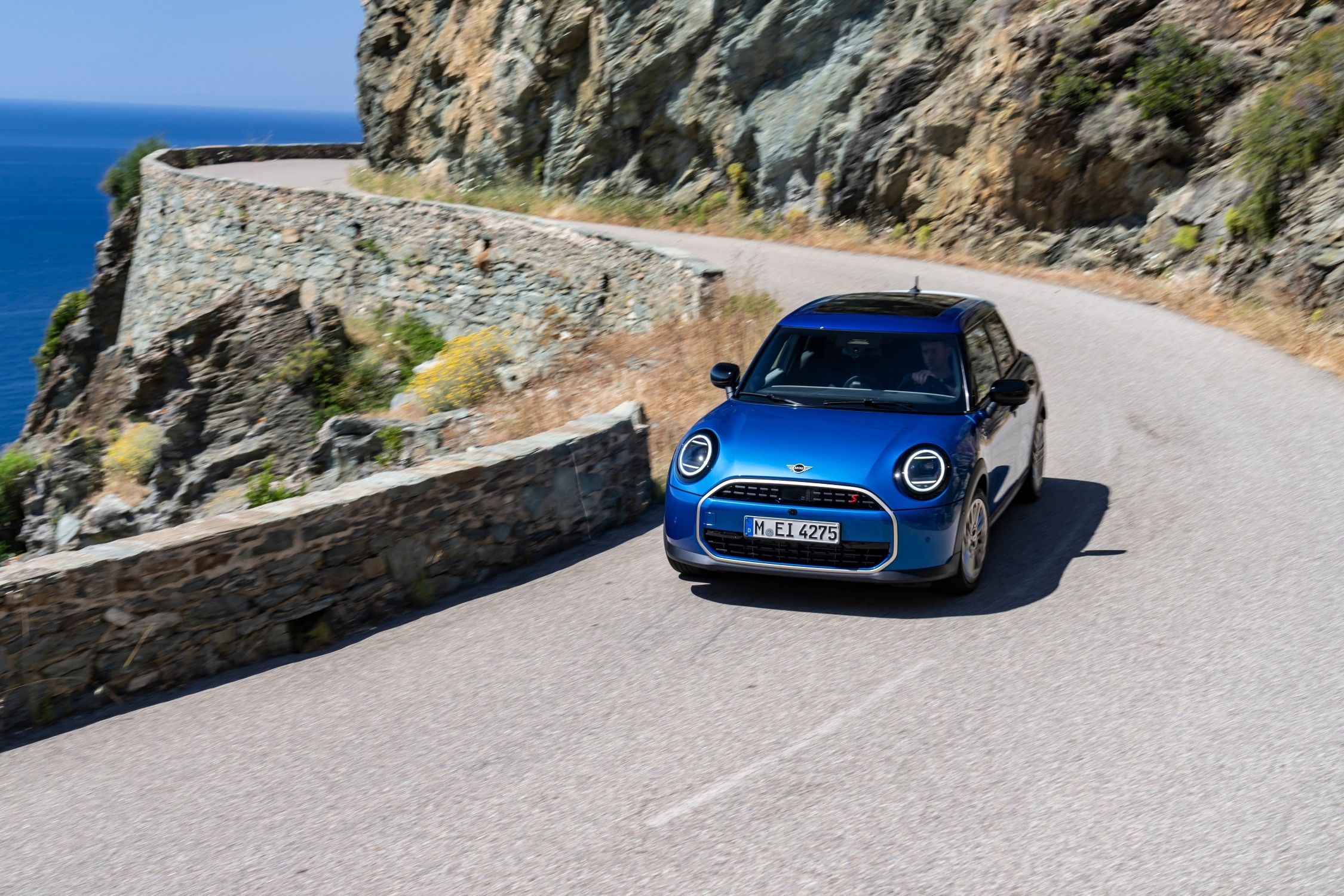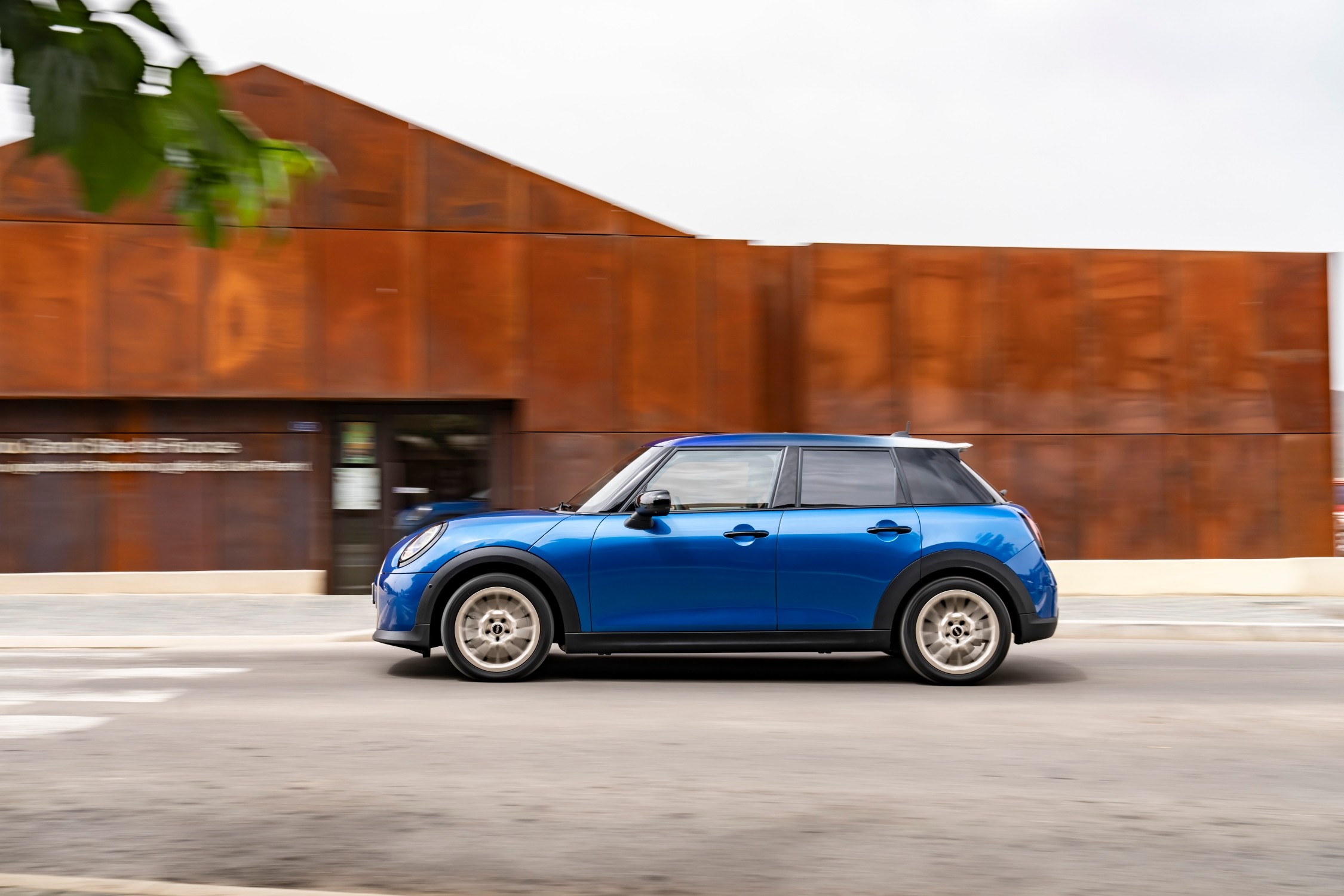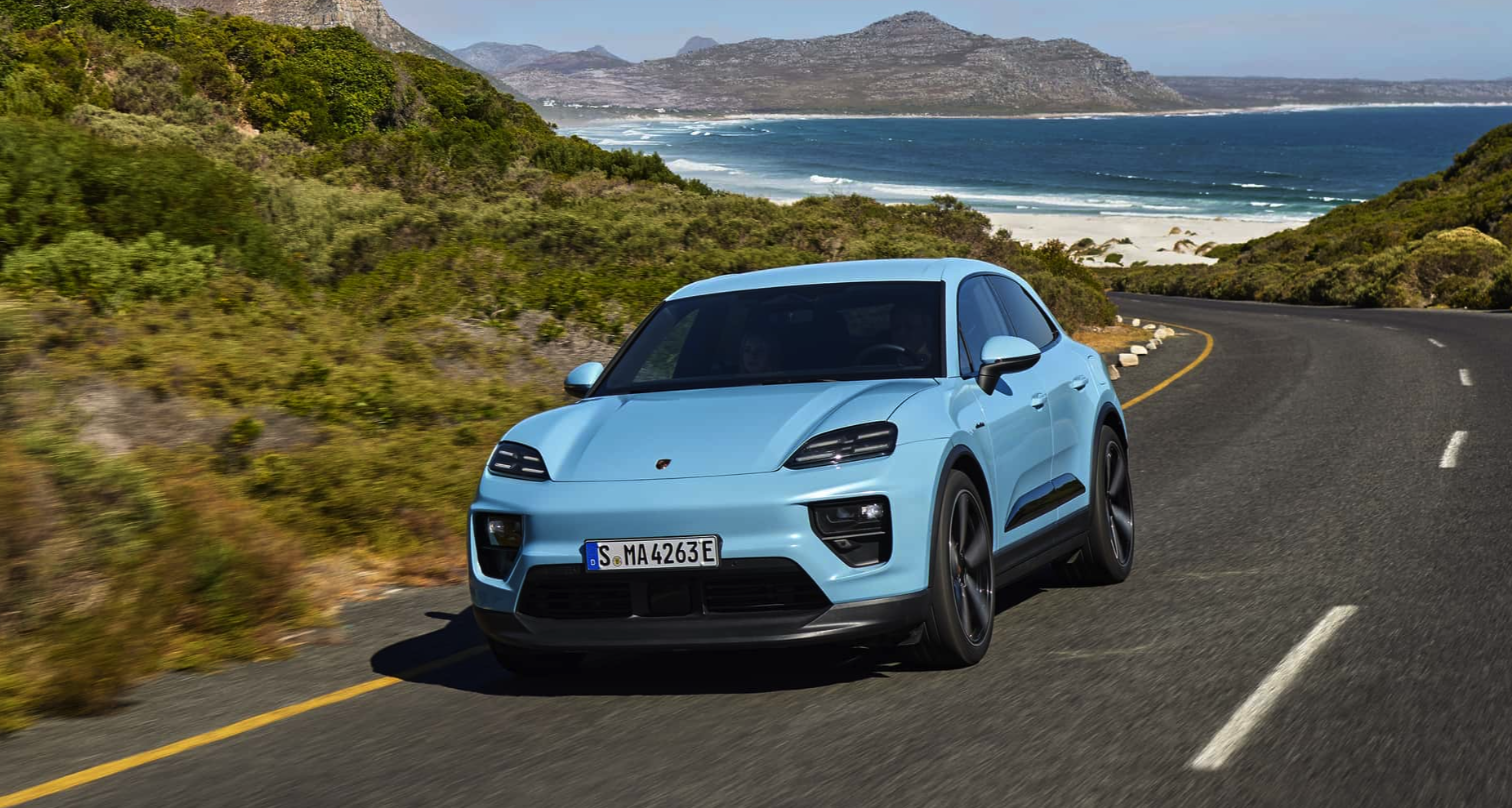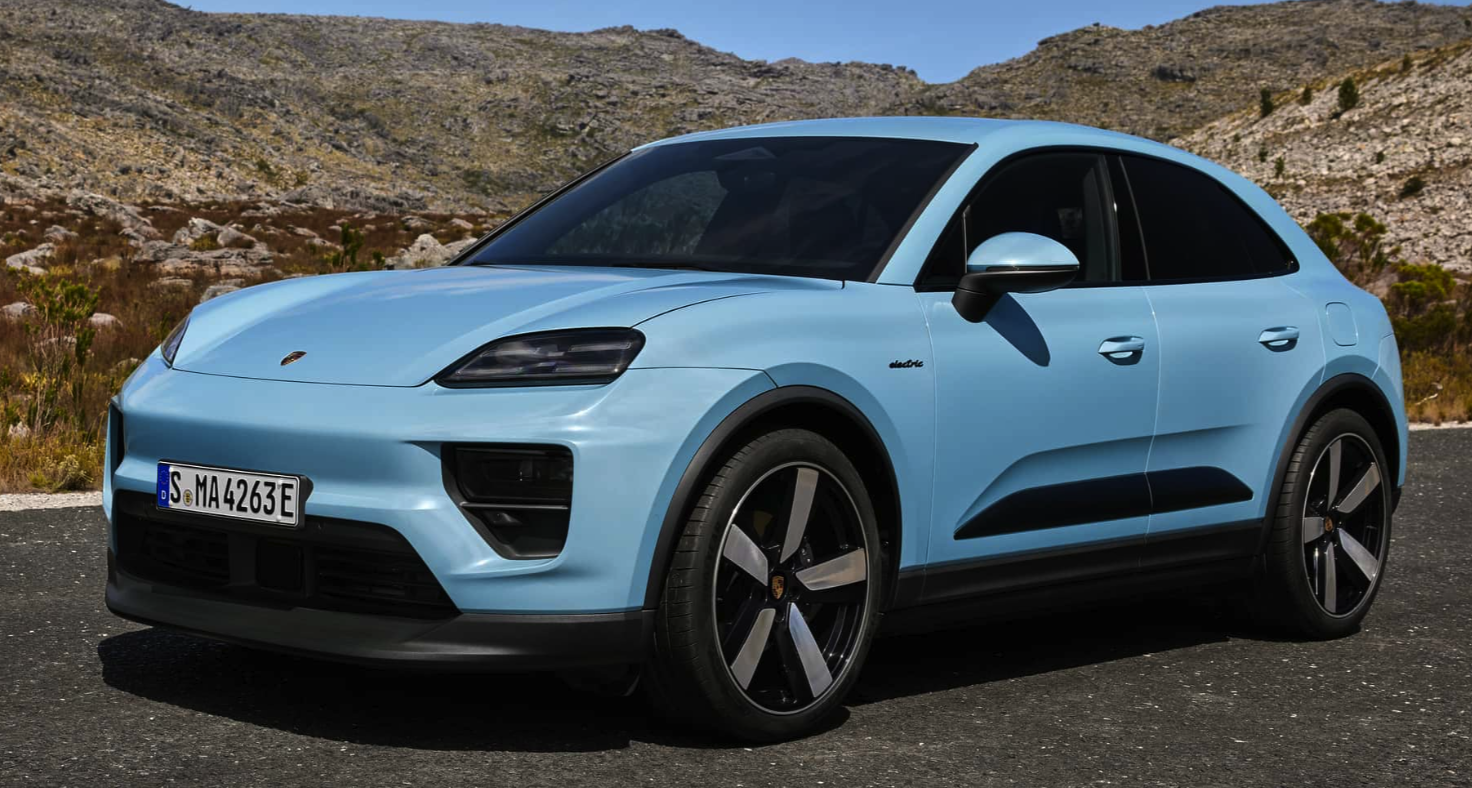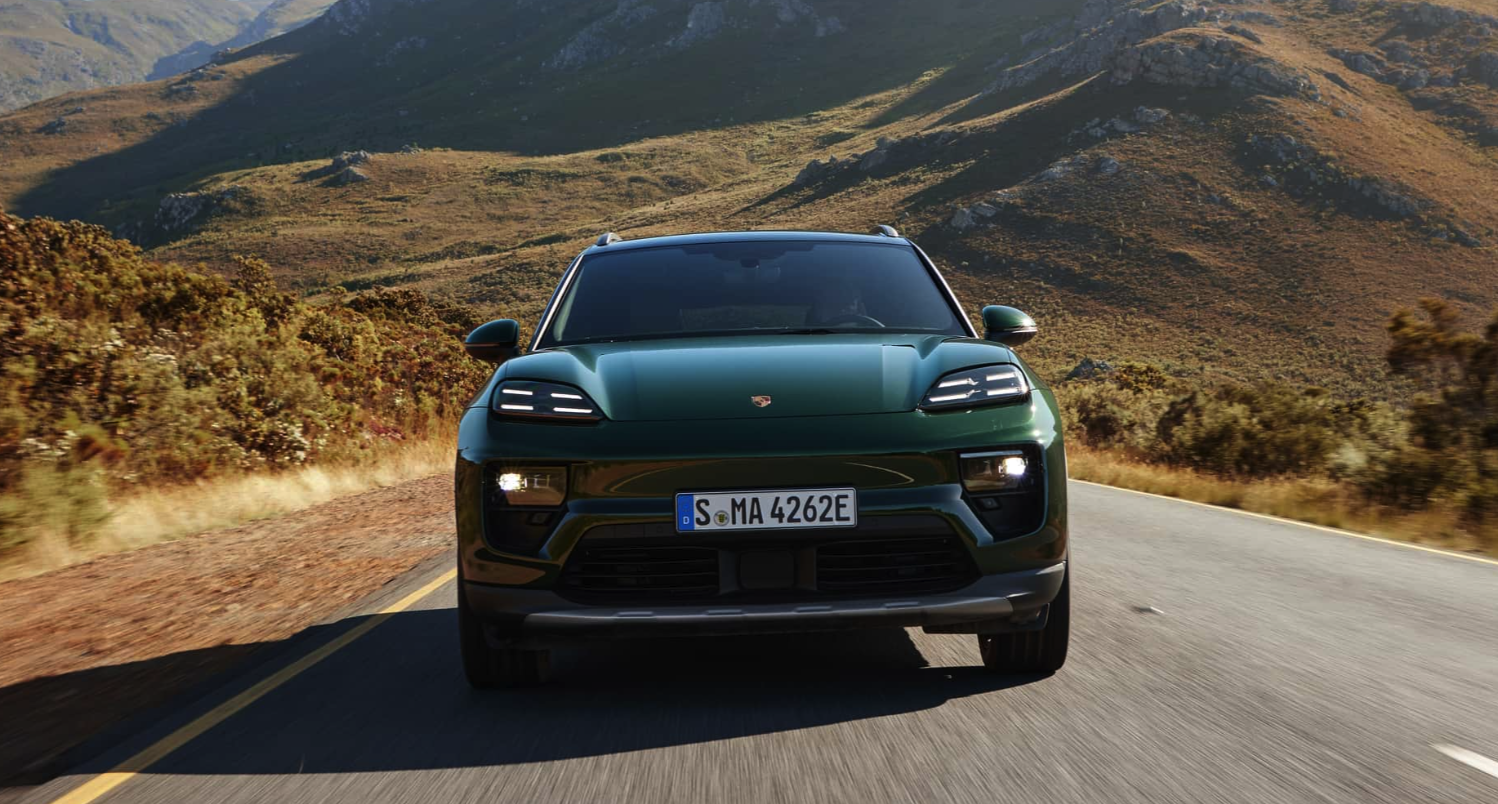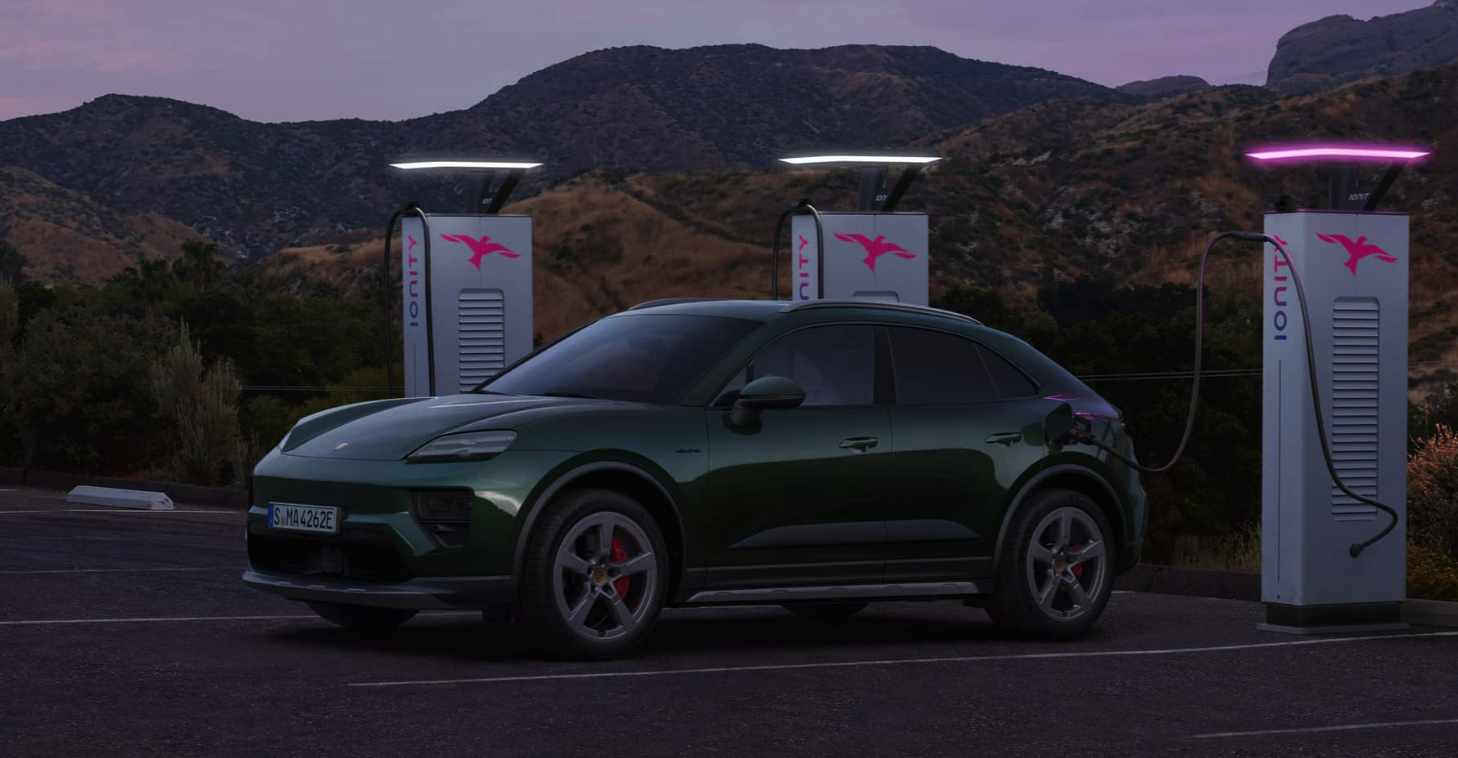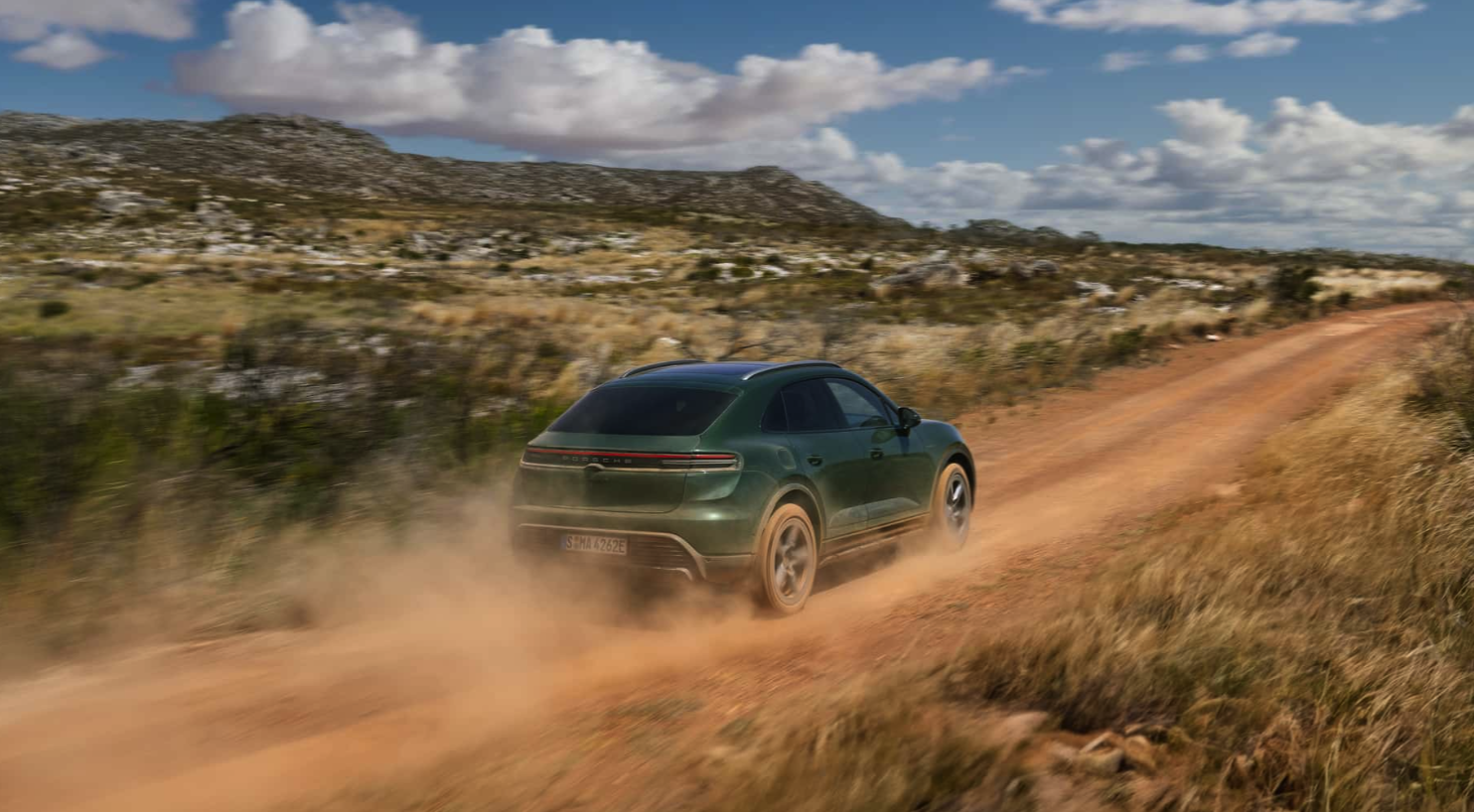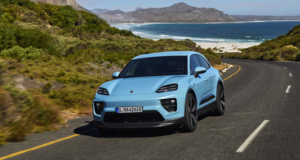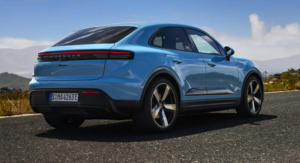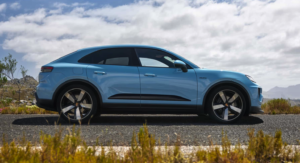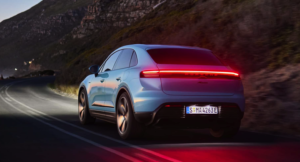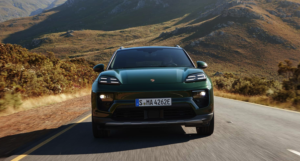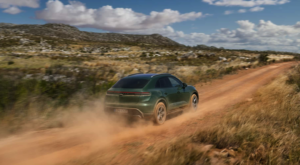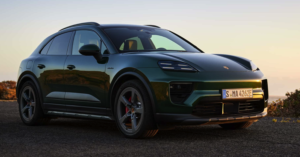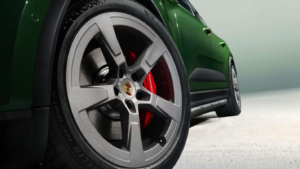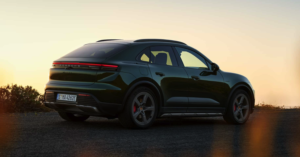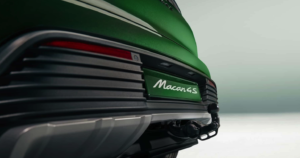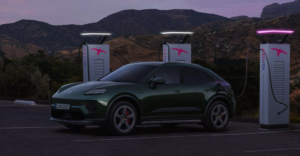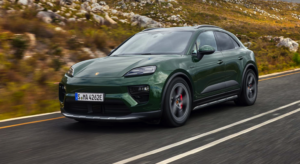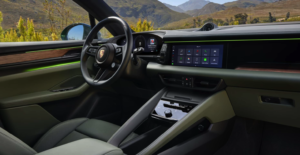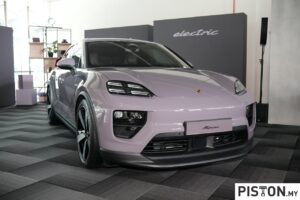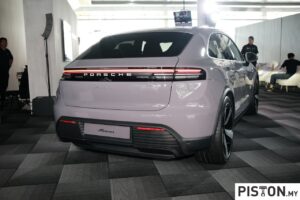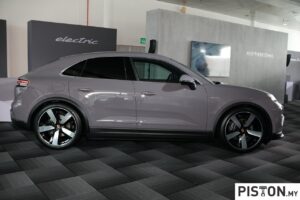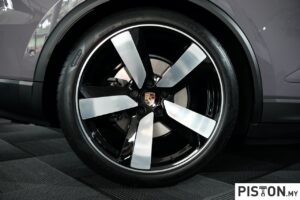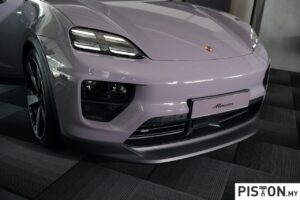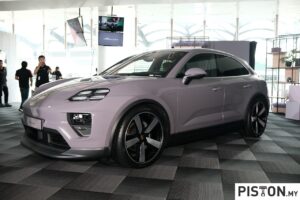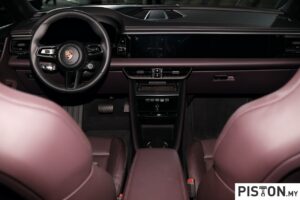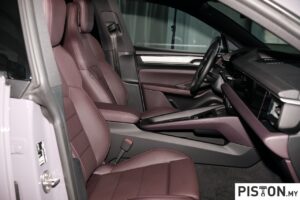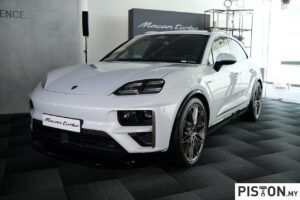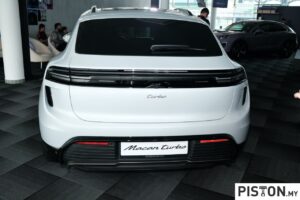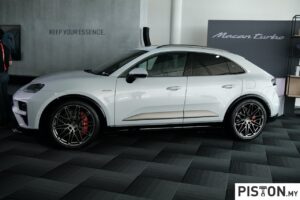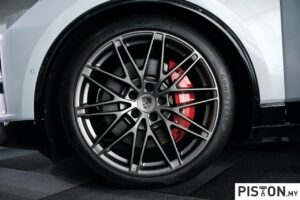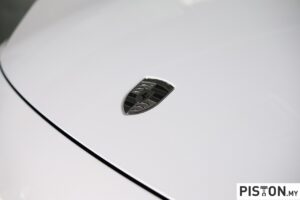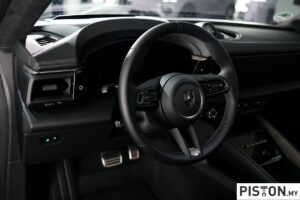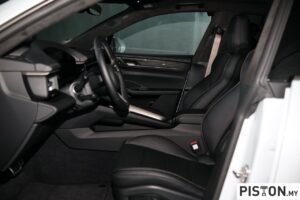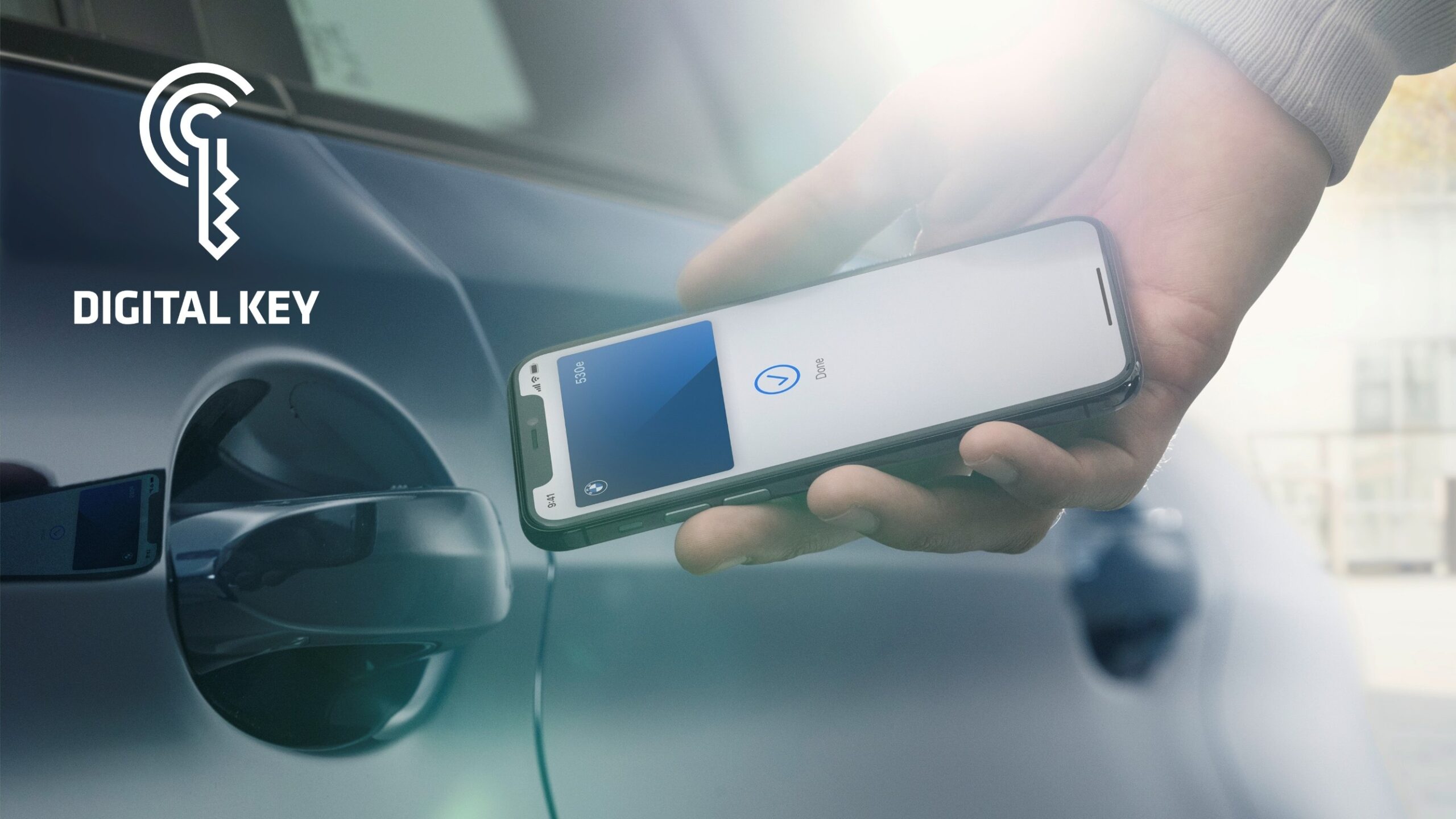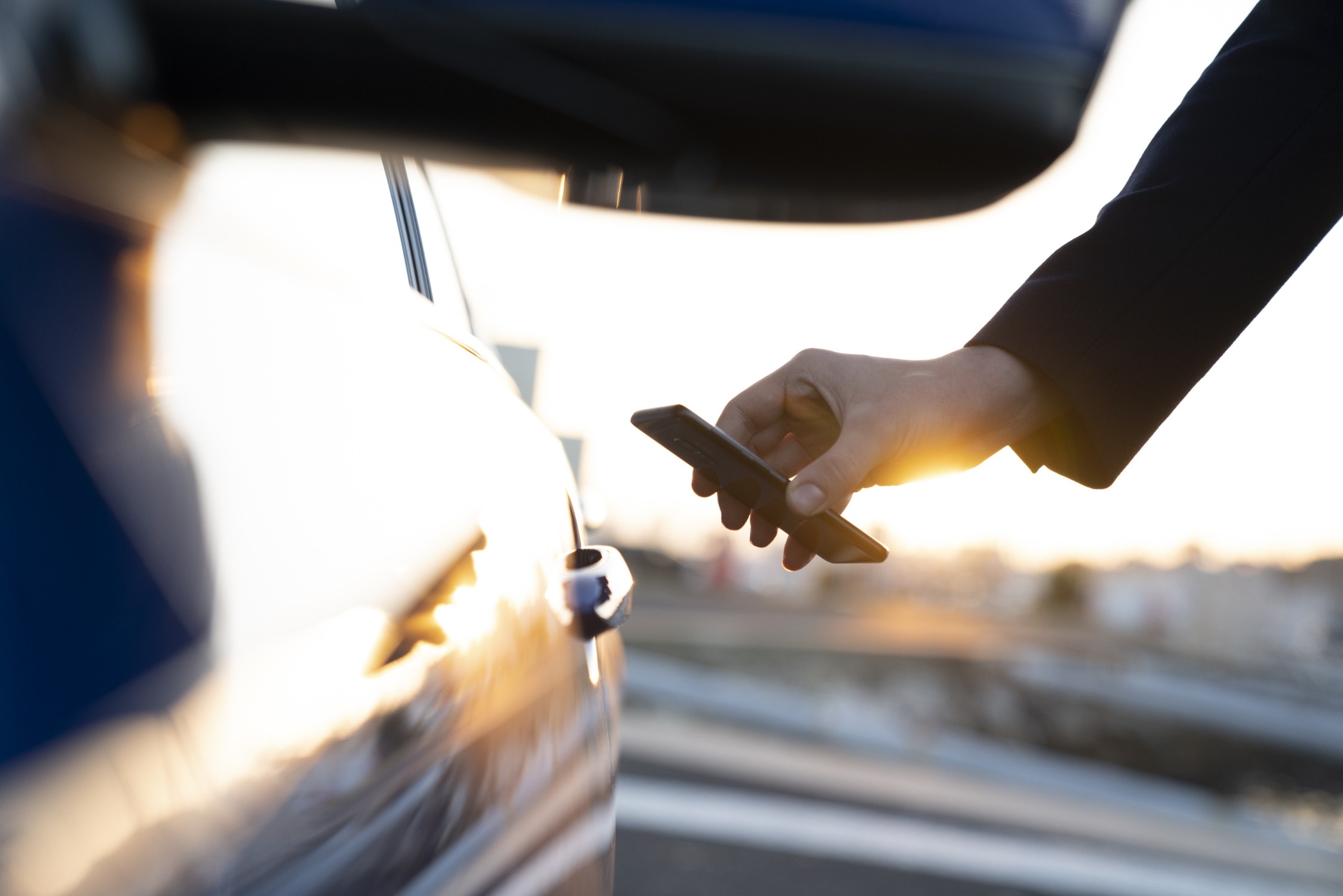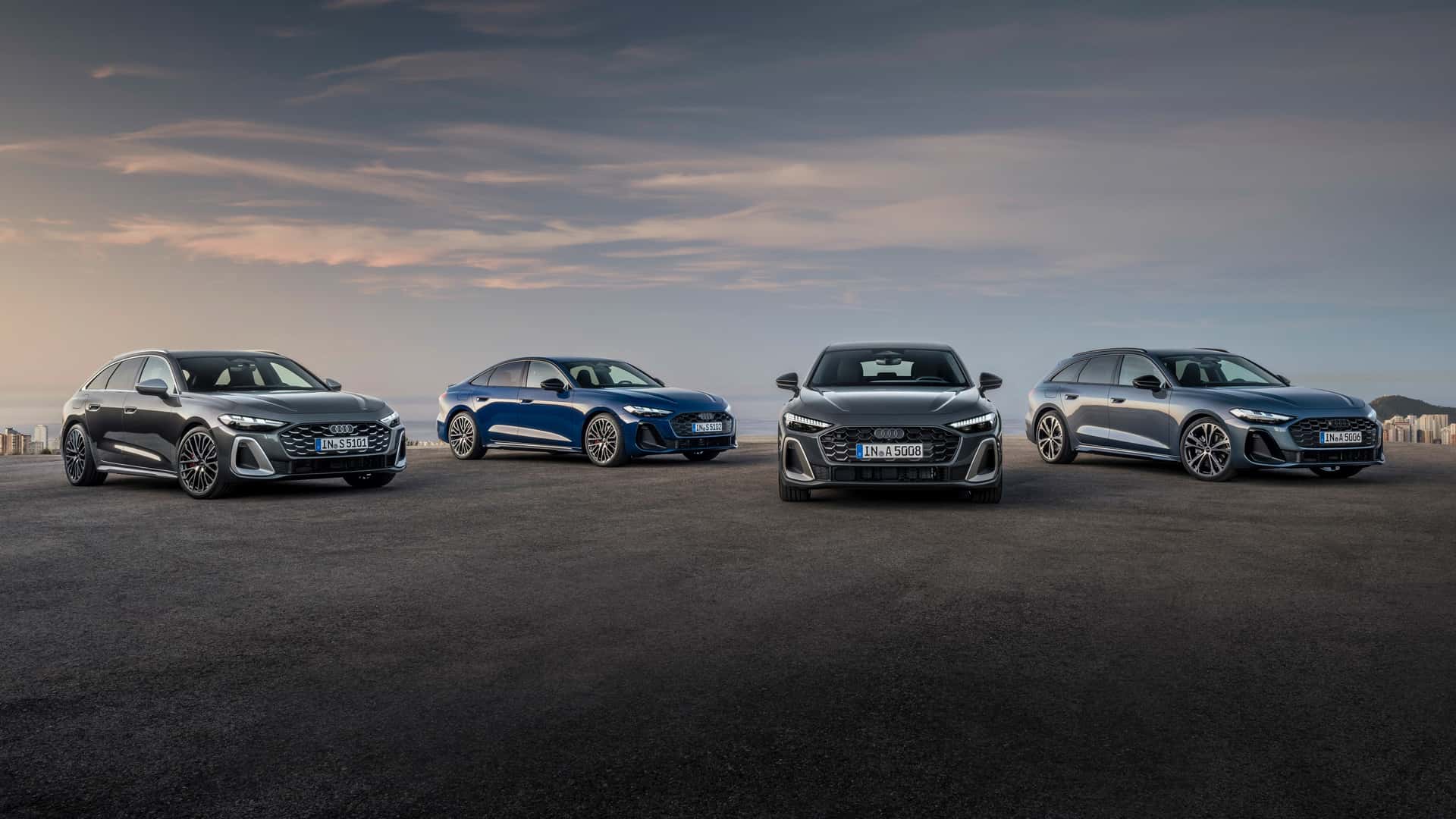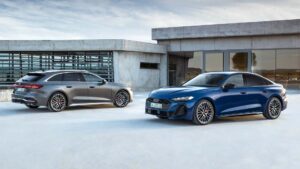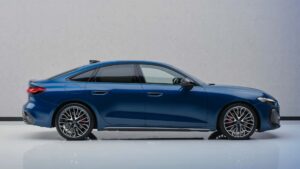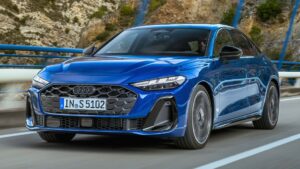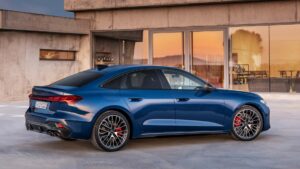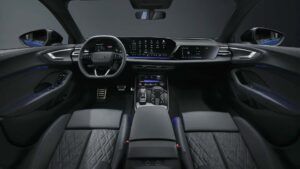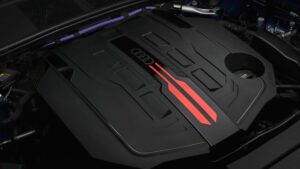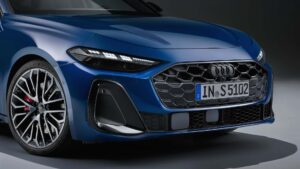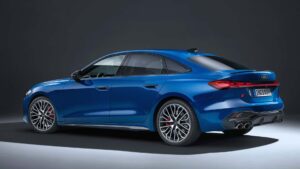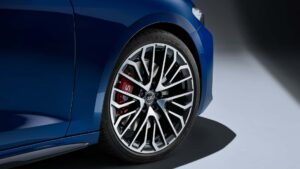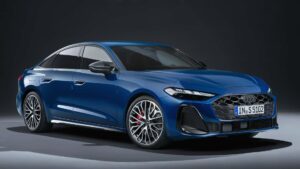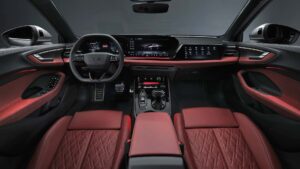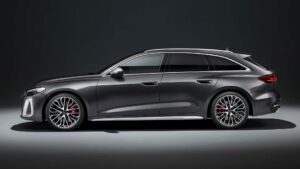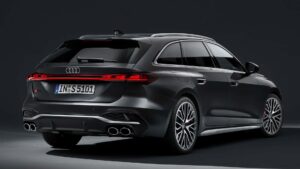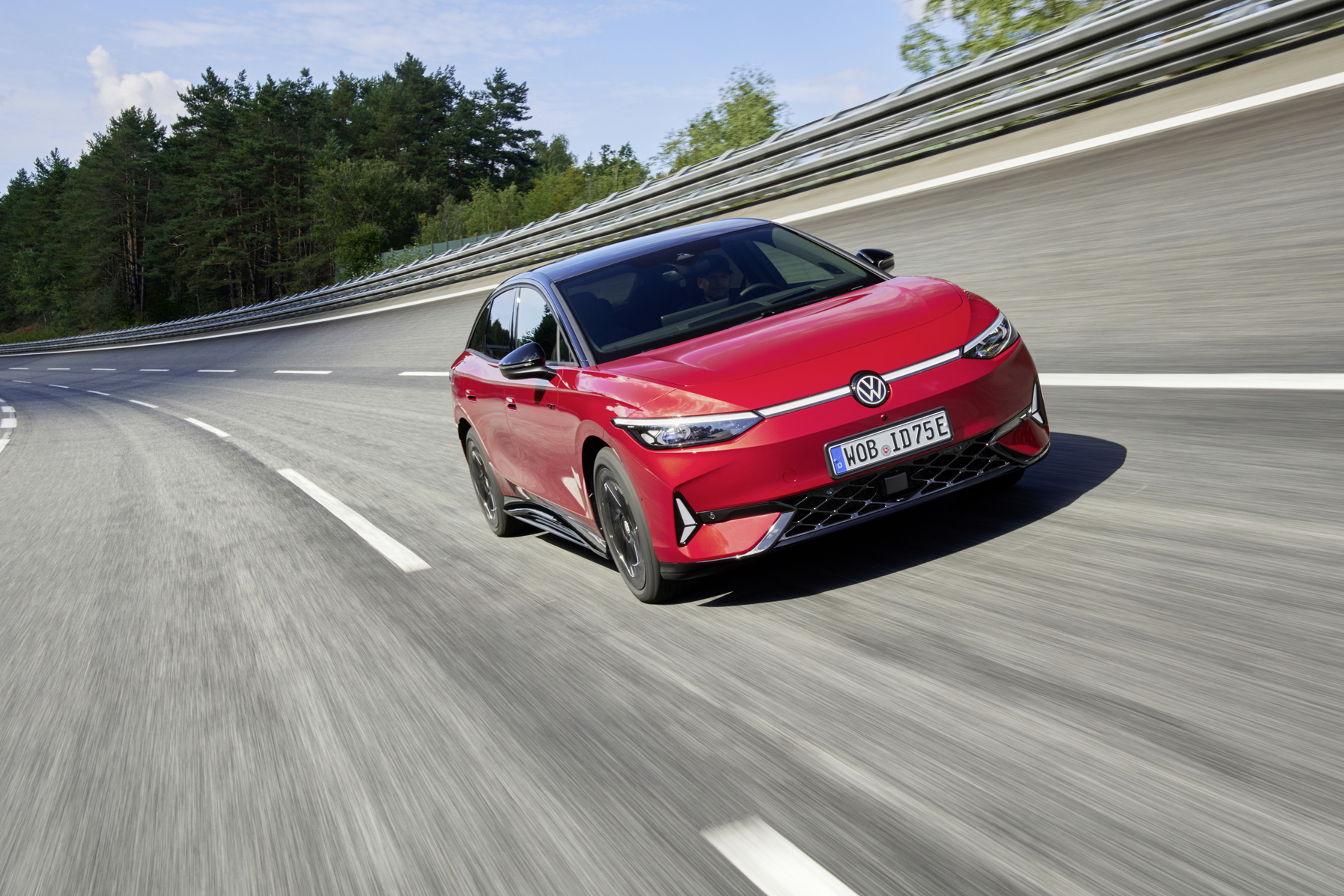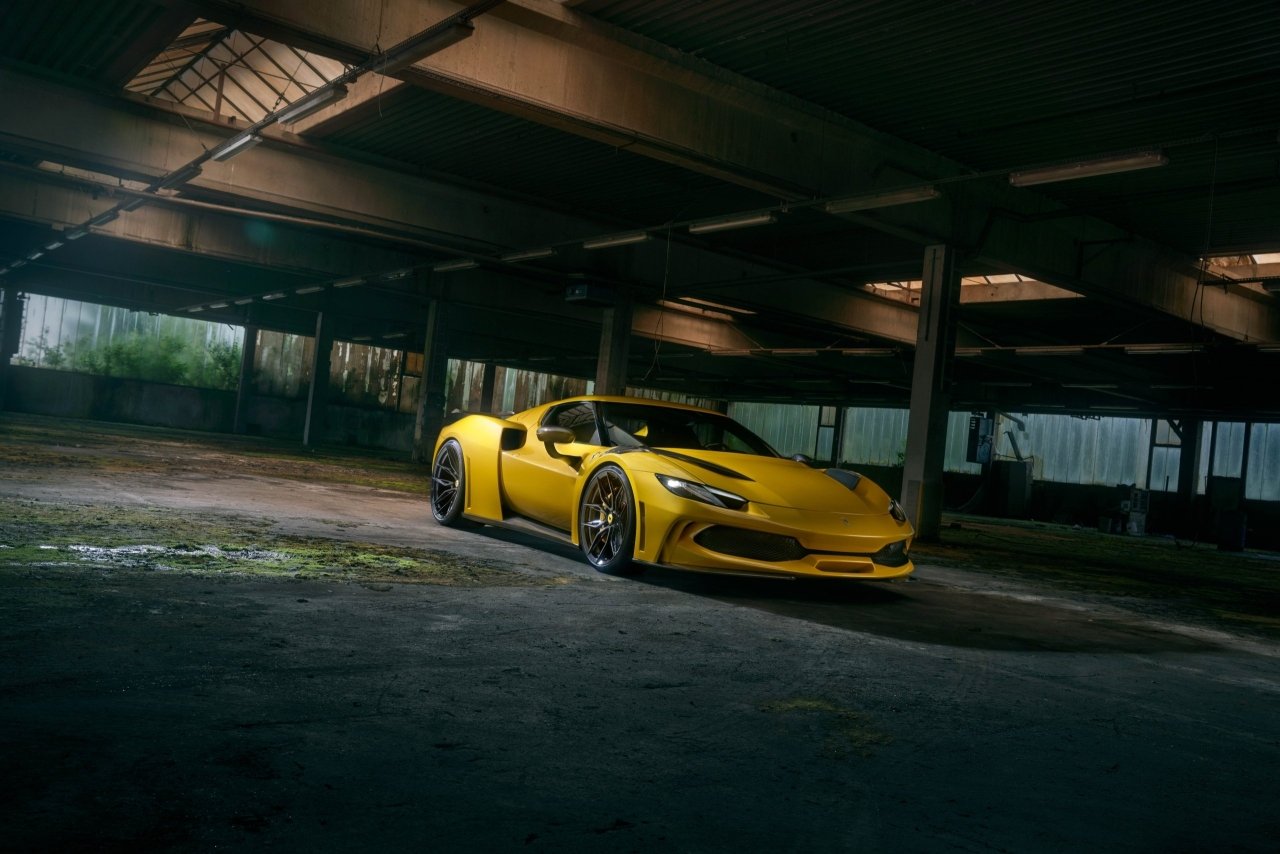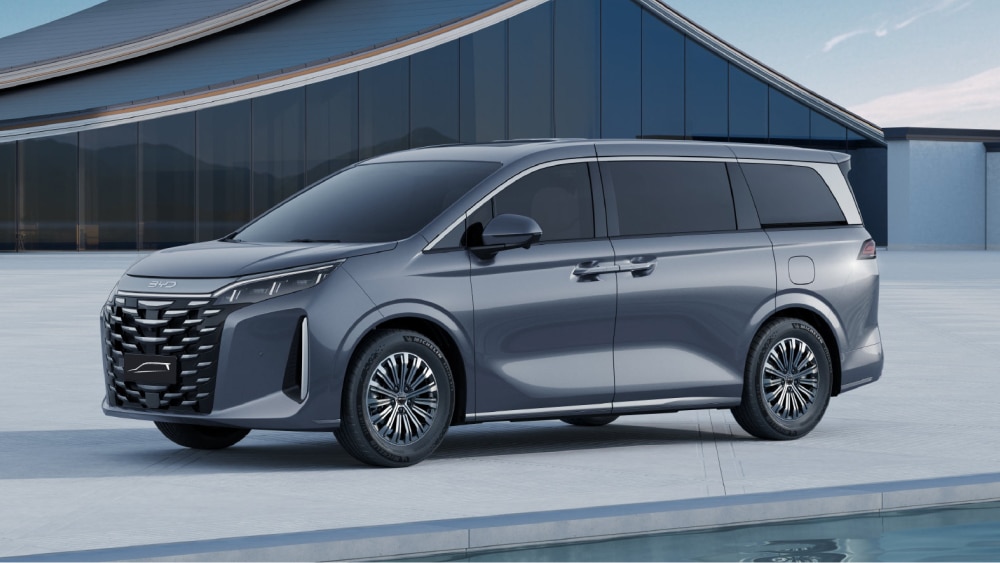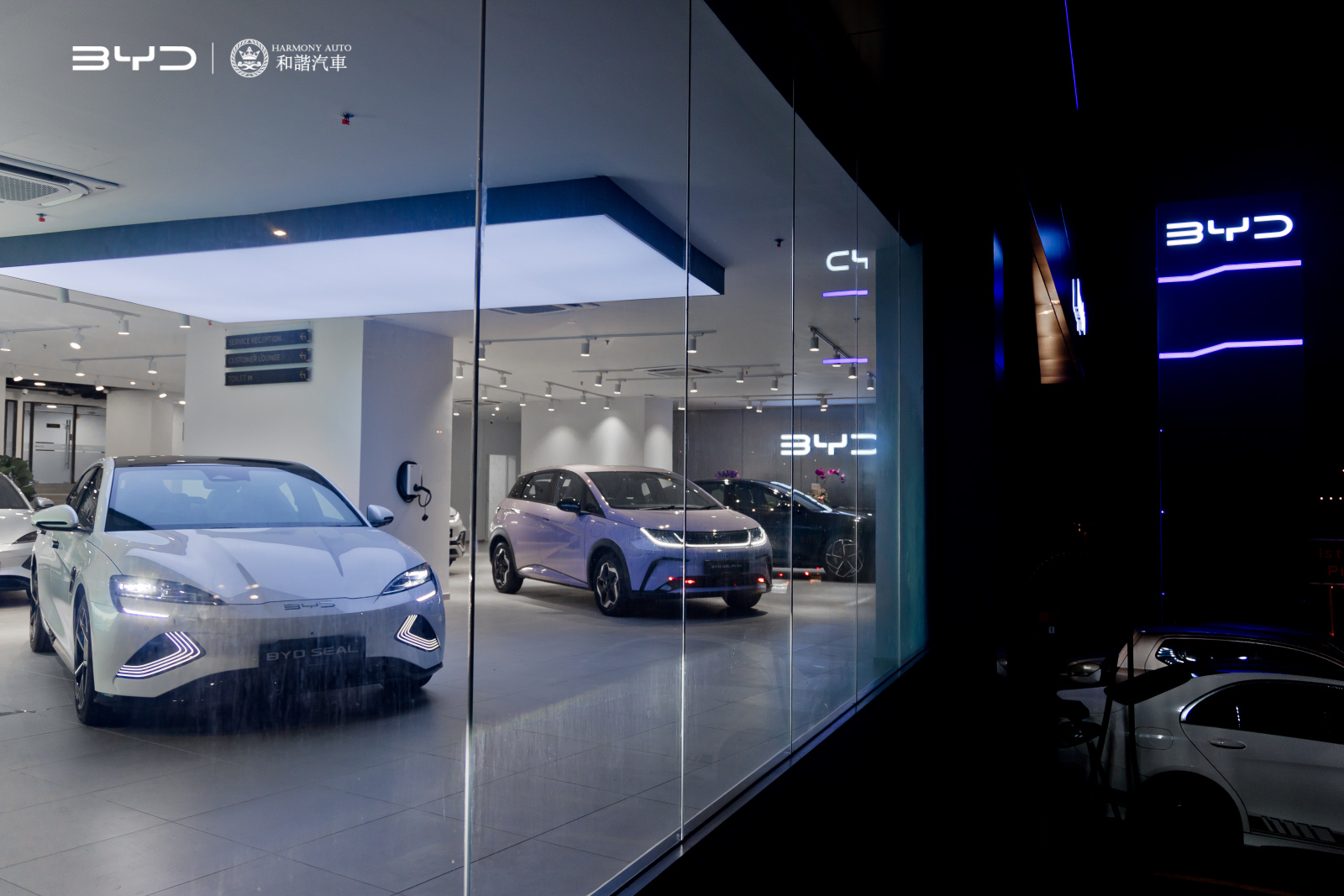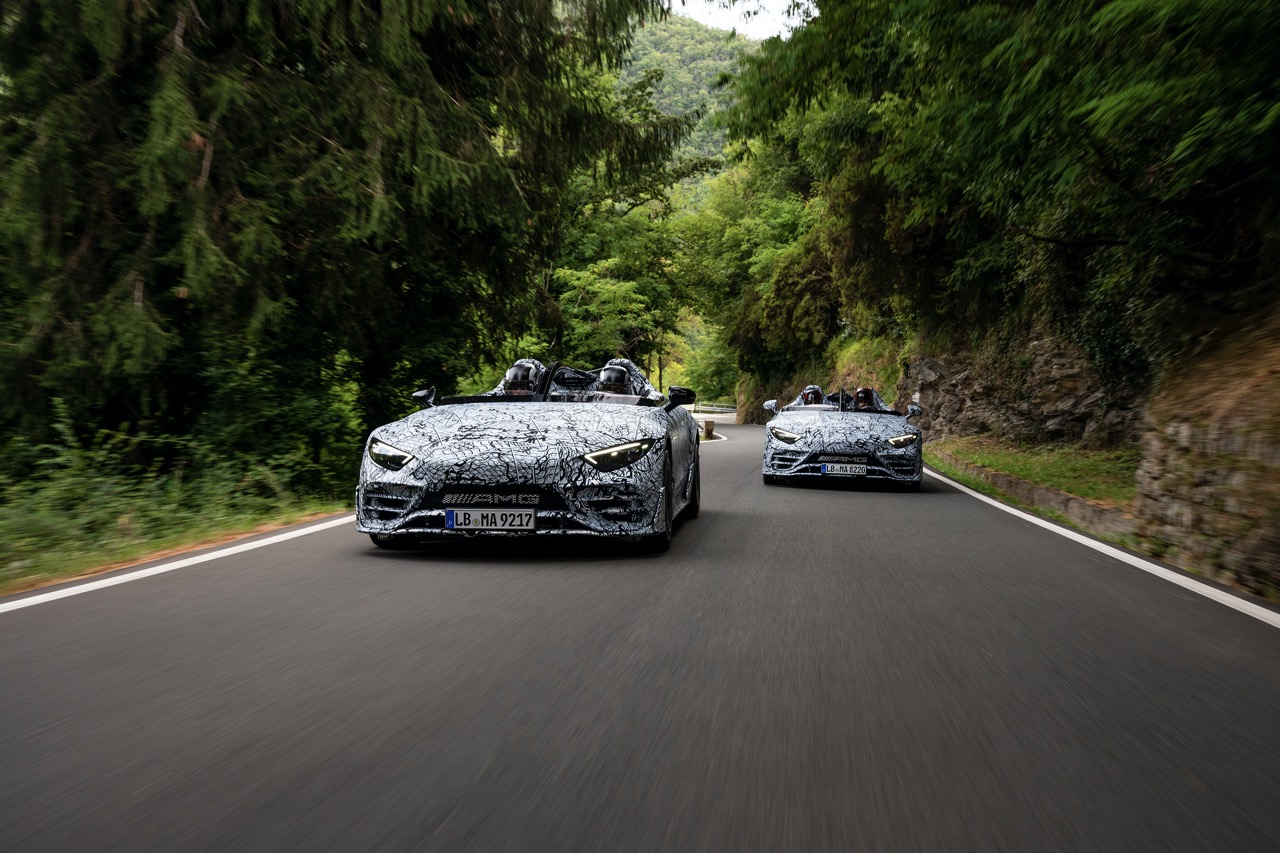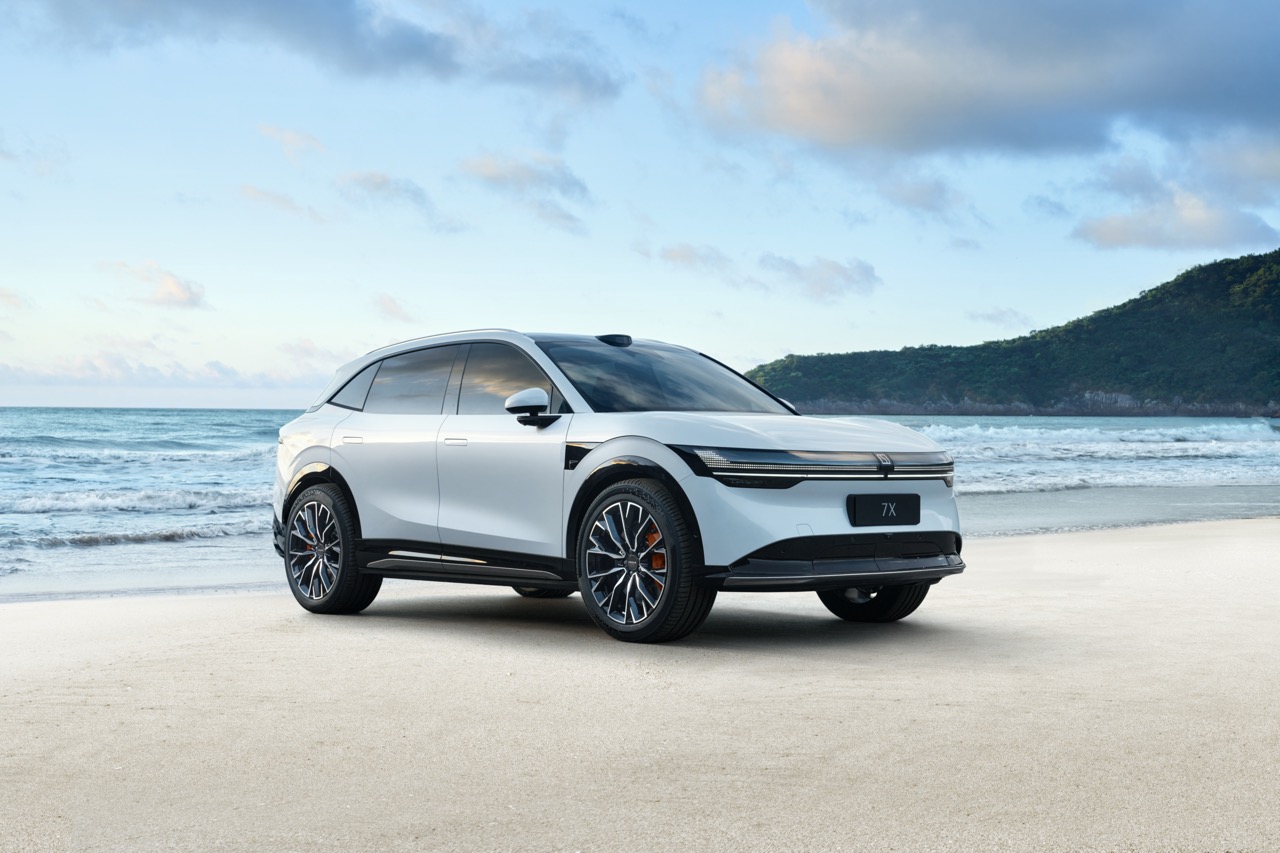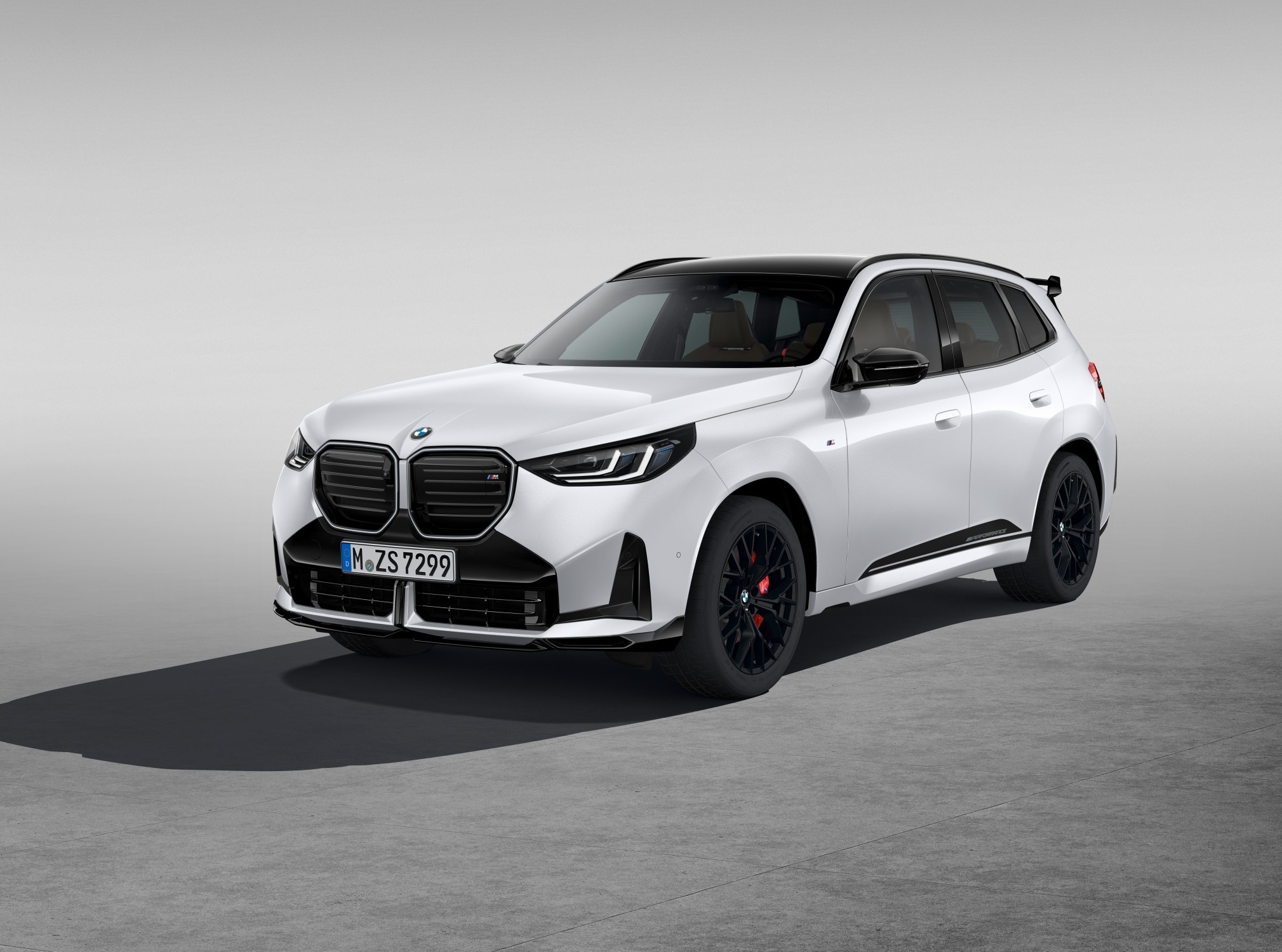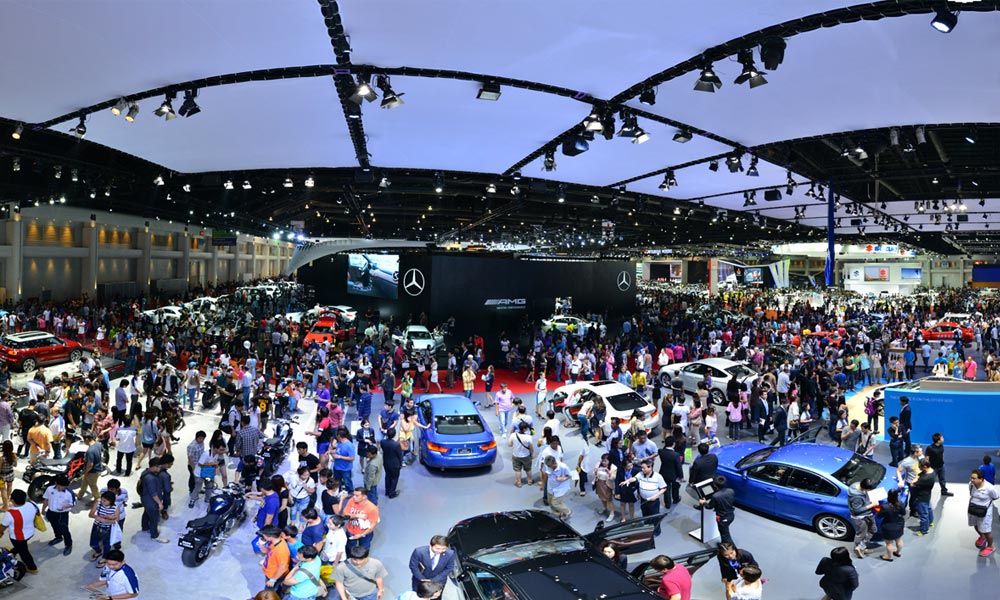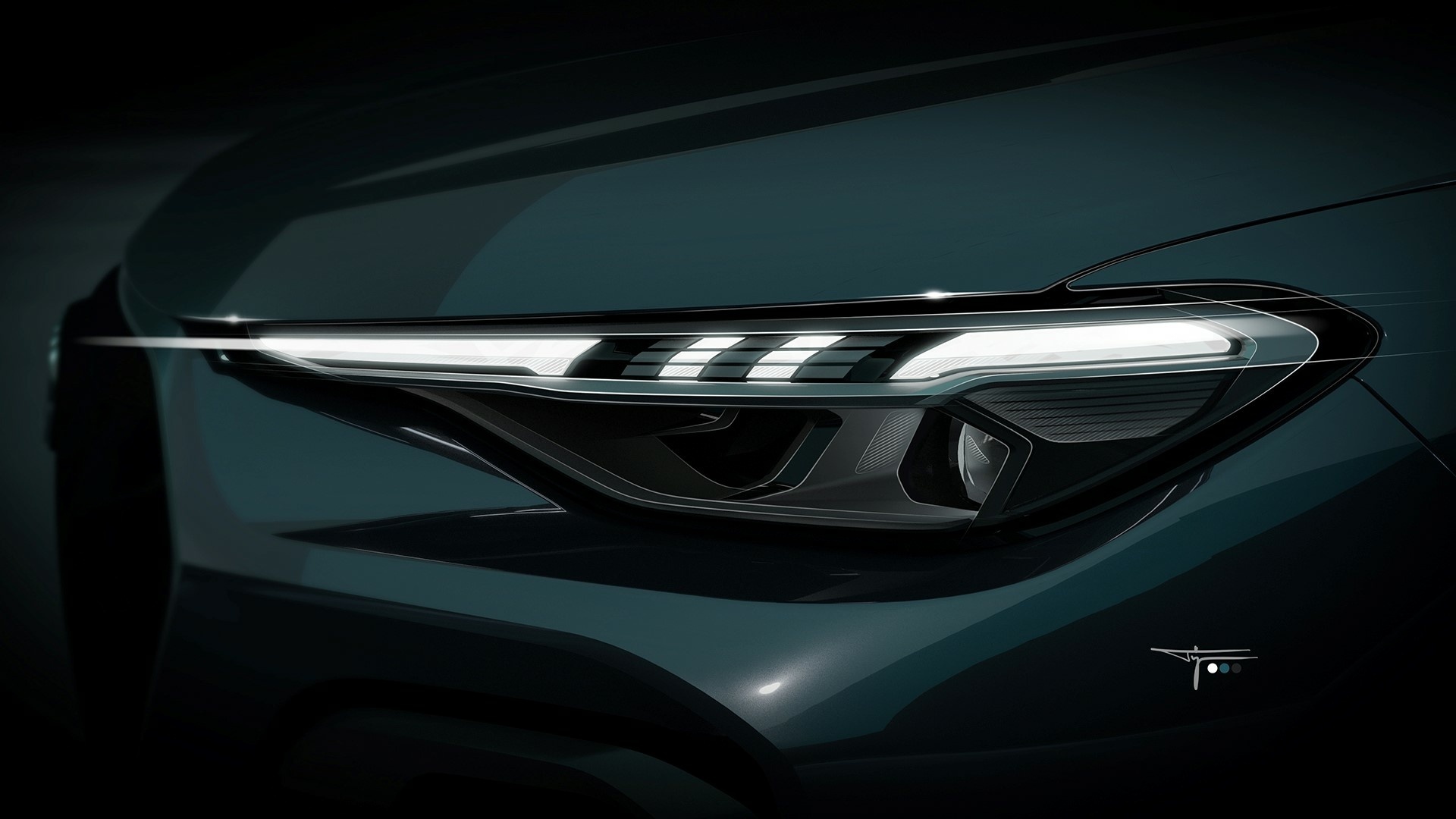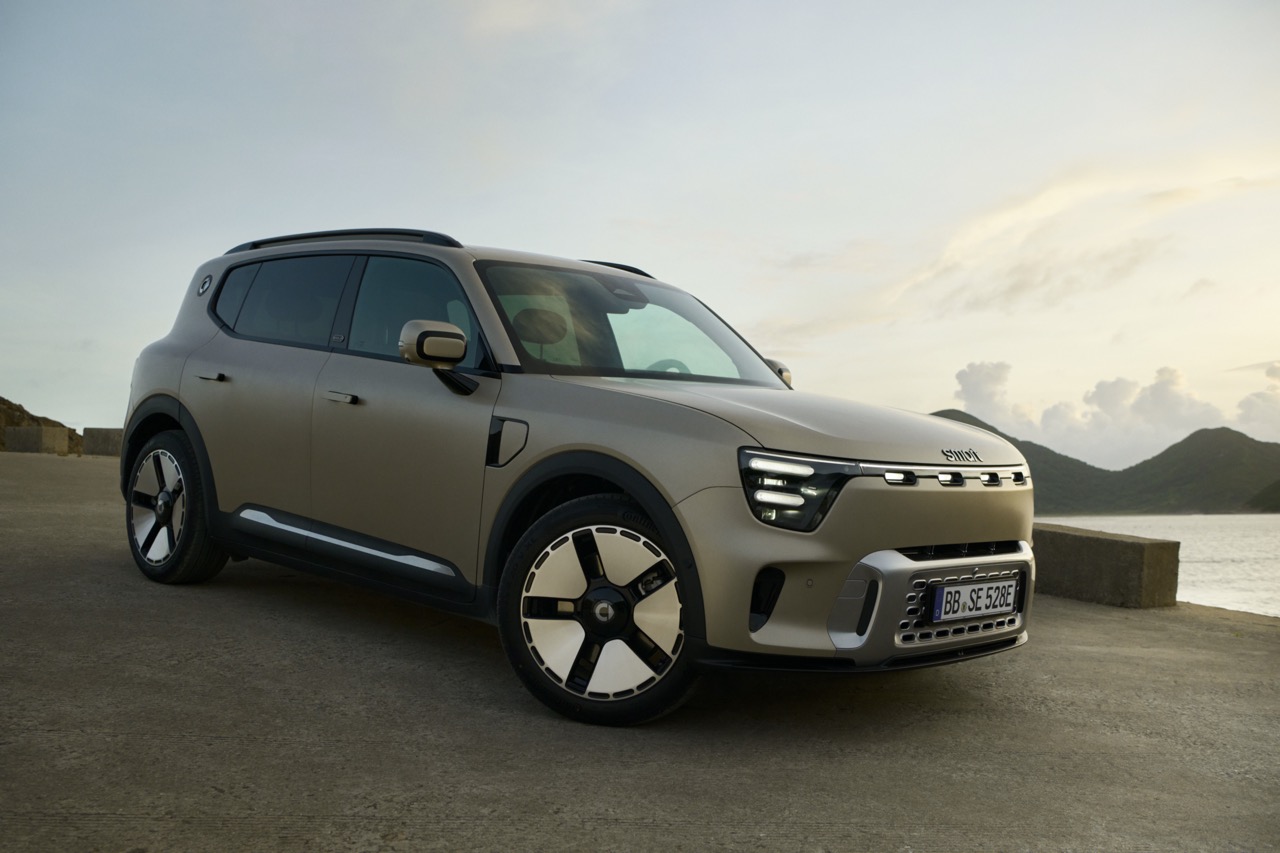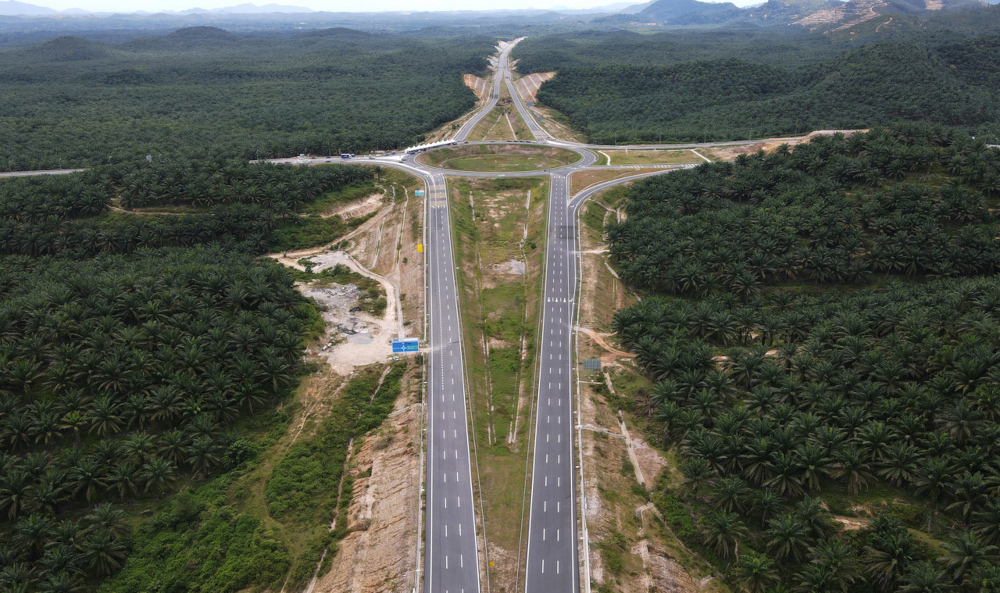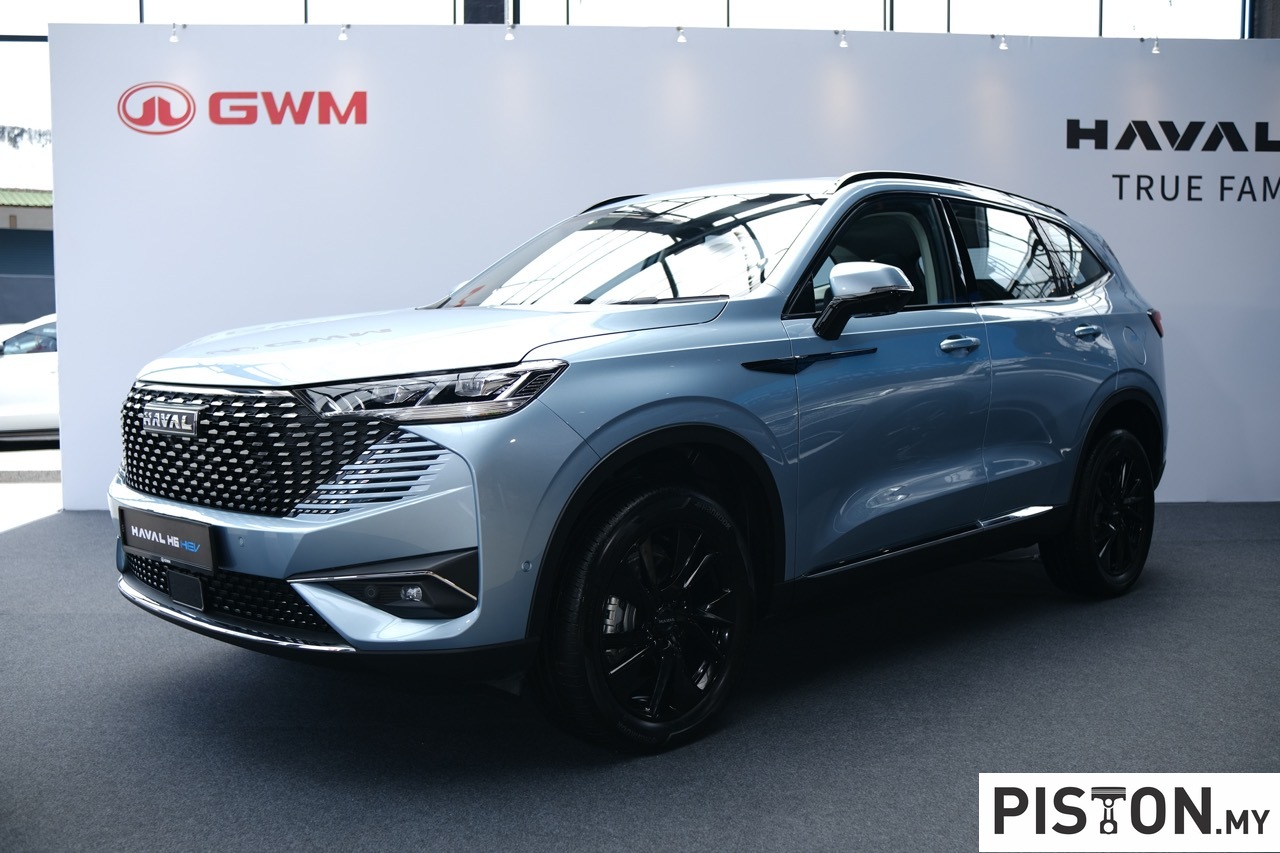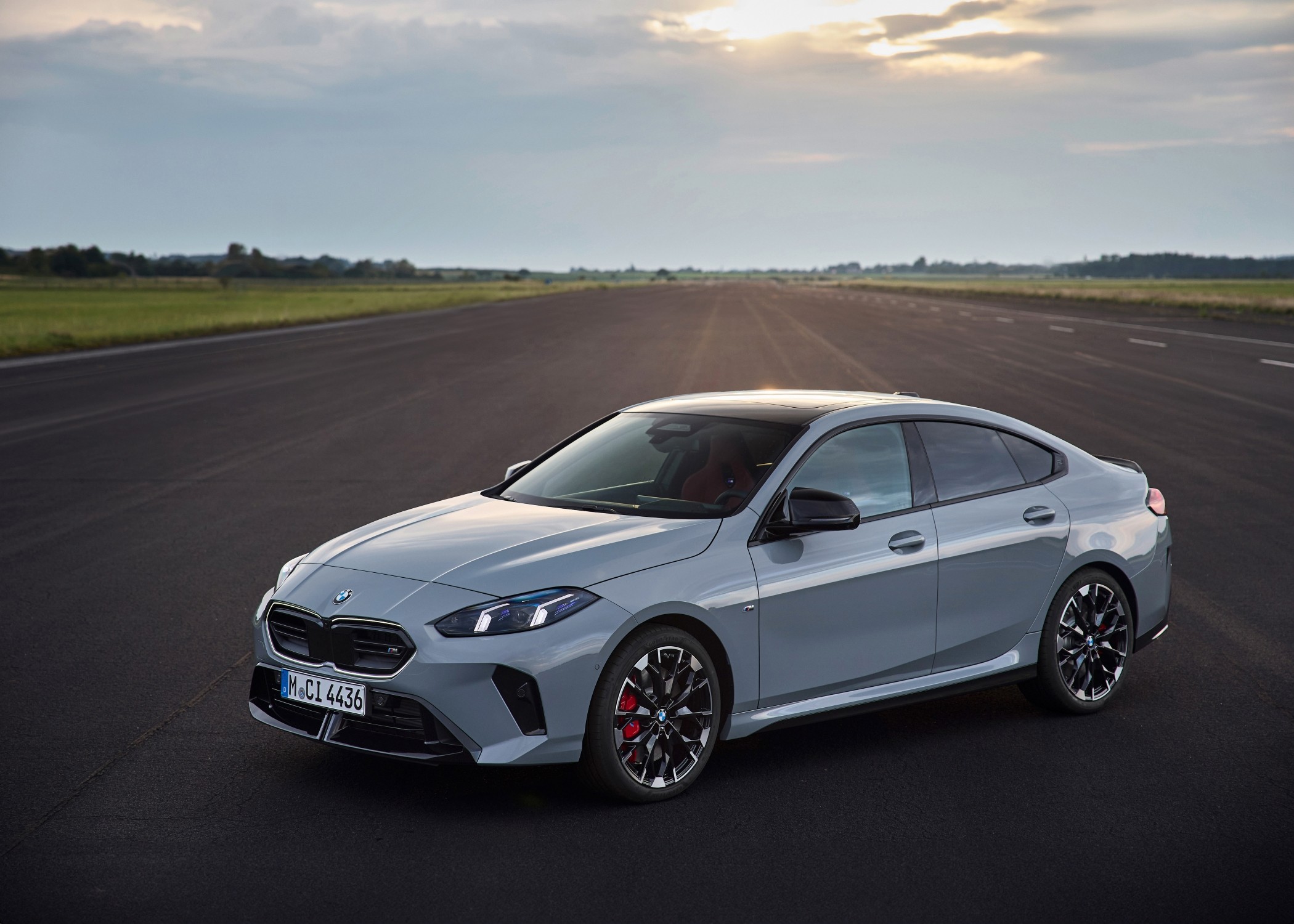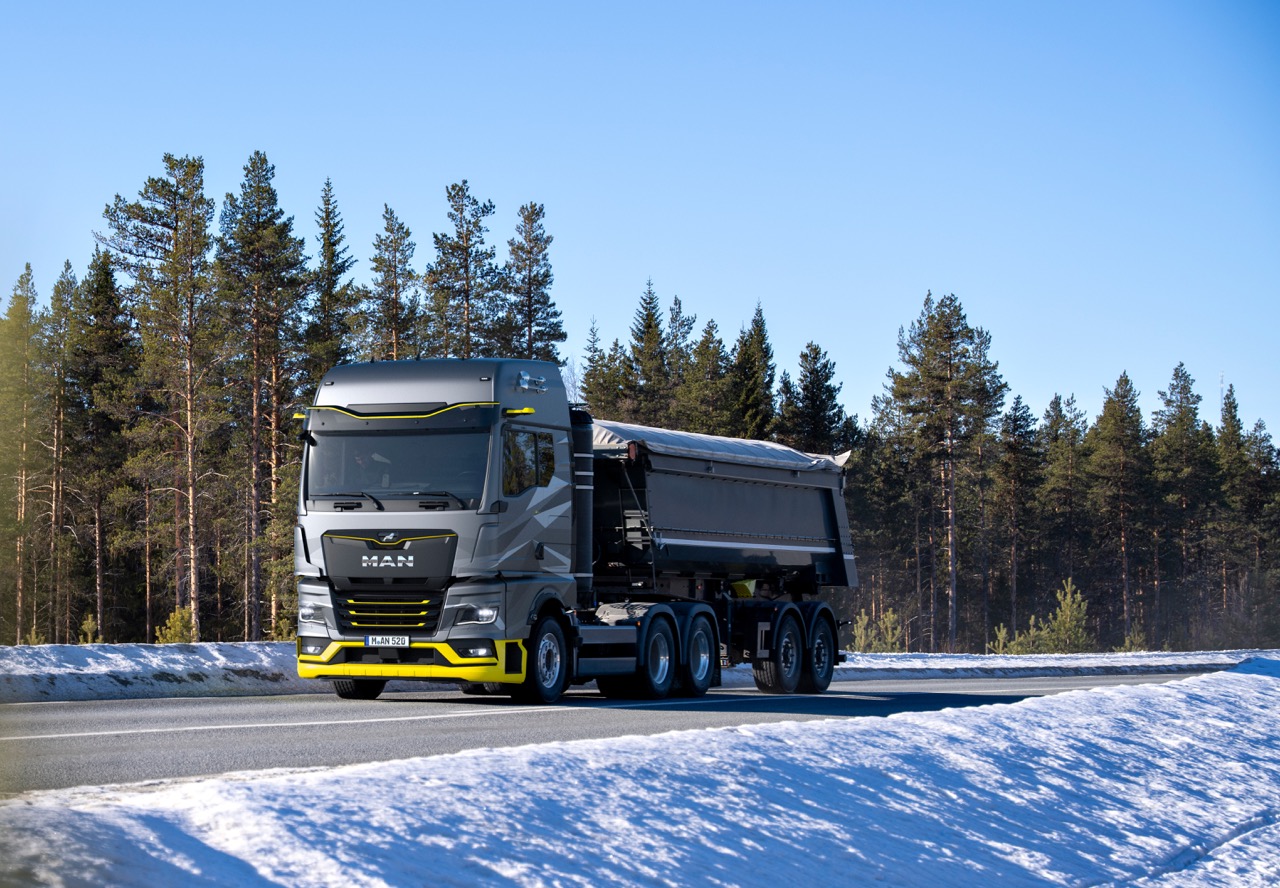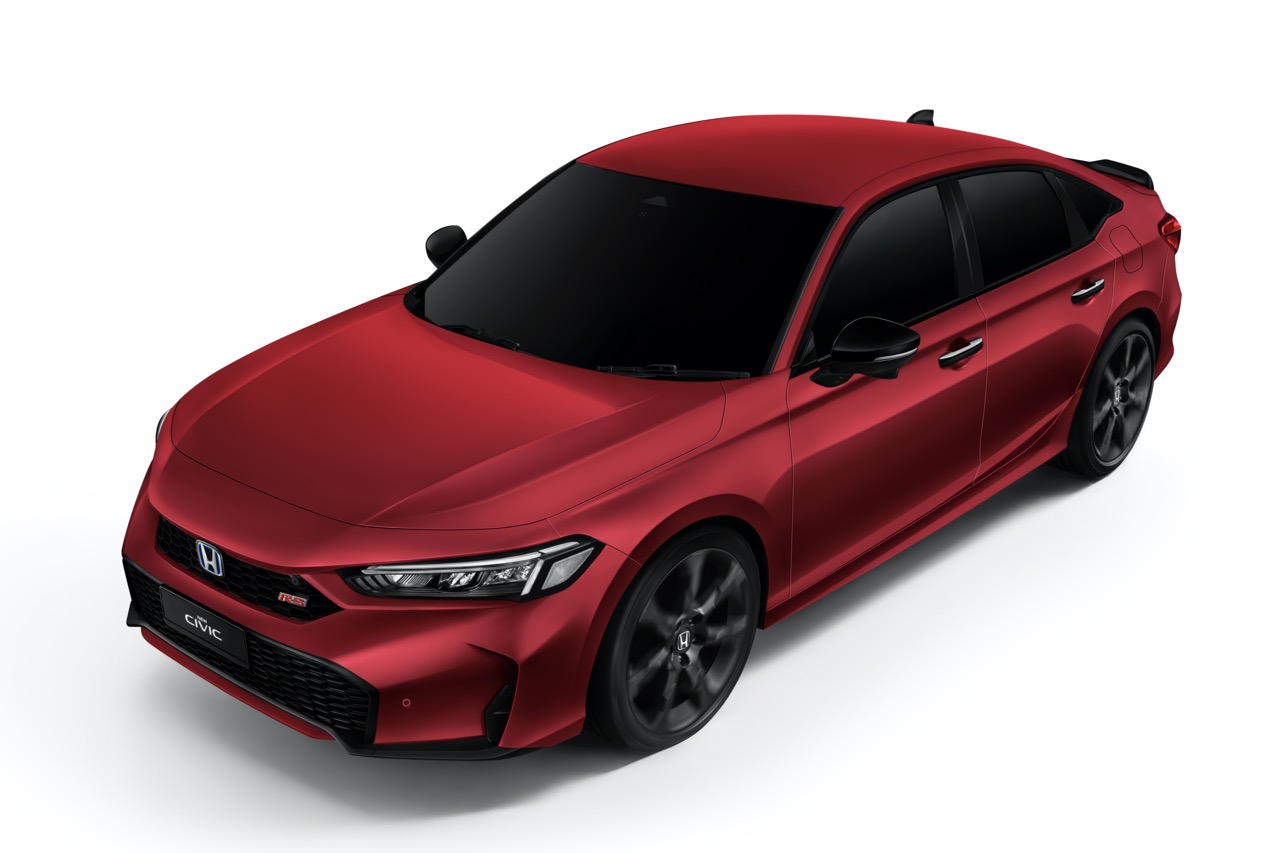Audi is set to open a new chapter in its successful history in the mid-size segment with the introduction of the new A5 family. Launching 30 years after the first Audi A4, this latest generation captivates with its premium proportions and a sharpened design language. Both body styles, Sedan and Avant, perfectly embody Audi’s sporty design philosophy. A new interior design language creates a generous feeling of space and places the displays on a digital stage, enhancing interaction with the vehicle. Efficient, partially electrified combustion engines and thrilling S models round off the range.
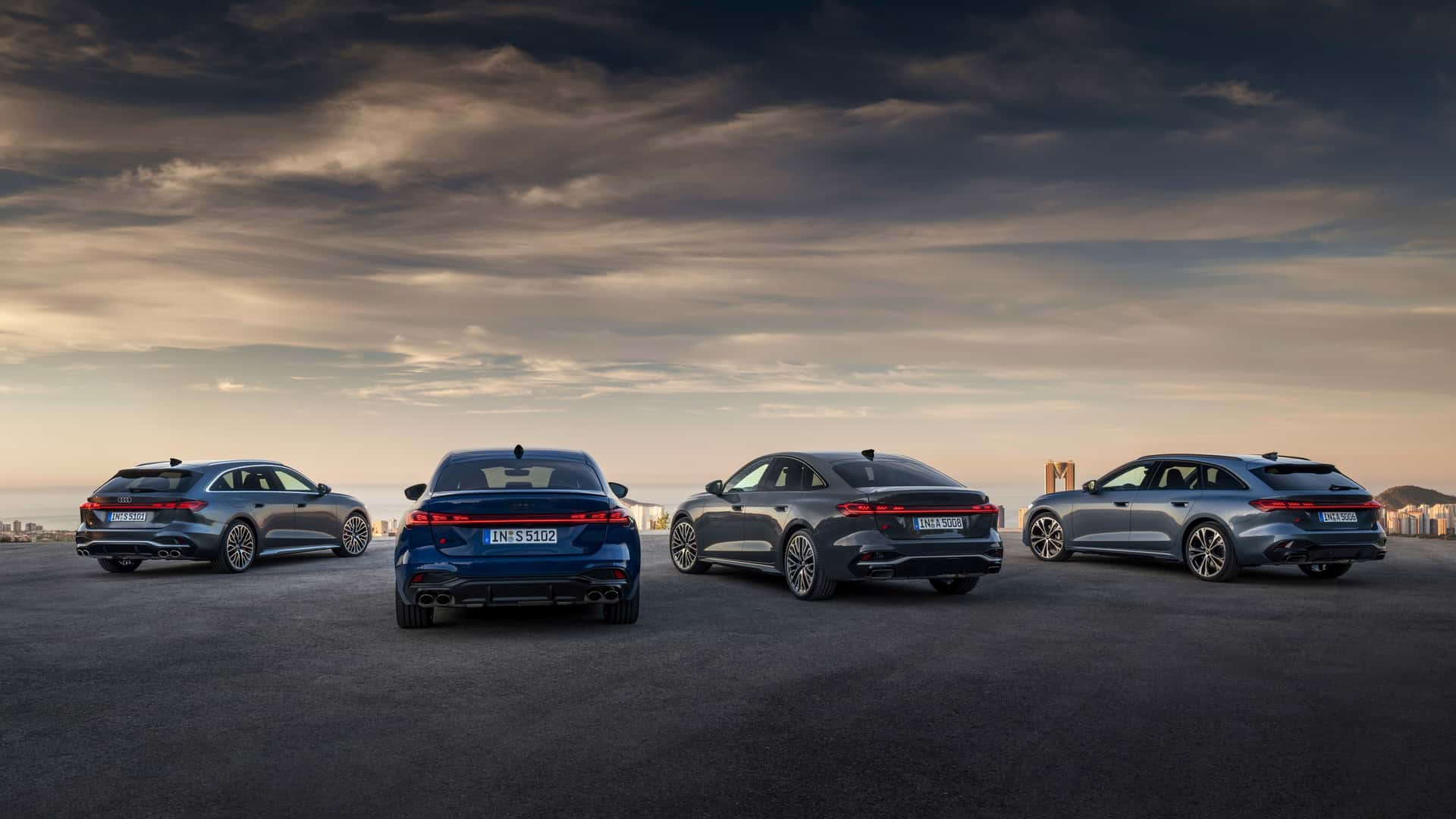
Restructured Naming and Model Lineup
In line with its expanded model range, AUDI AG has restructured its vehicle naming since 2024. Even numbers now denote electrically powered models, while odd numbers signify vehicles with combustion engines. Consequently, the long-standing bestseller Audi A4 will now be called the Audi A5 and will be produced in Neckarsulm. It will be available in four new variants: A5 Sedan, S5 Sedan, A5 Avant, and S5 Avant. These models are the first to launch on the new Premium Platform Combustion (PPC).
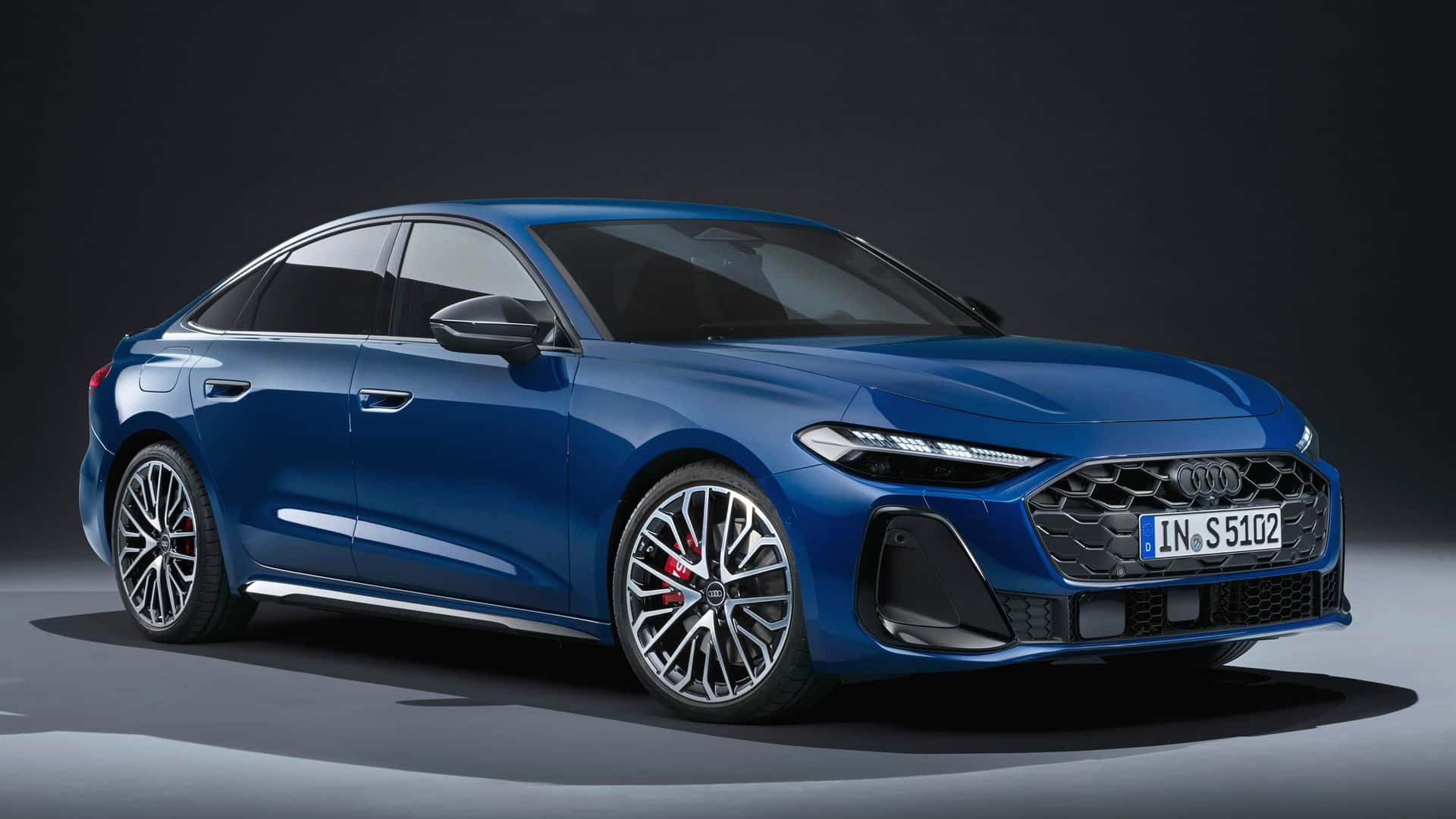
Audi’s Commitment to Efficient Combustion Engines
Audi CEO Gernot Döllner emphasised the company’s dual approach: “In tandem with the expansion of our all-electric portfolio, we are launching a new generation of models with efficient combustion engines. The Audi A5 family, with its athletic design, completely new interior, and future-proof electronics architecture, will be the first. The advanced MHEV plus technology enables partially electric driving and therefore even more efficient driving.”
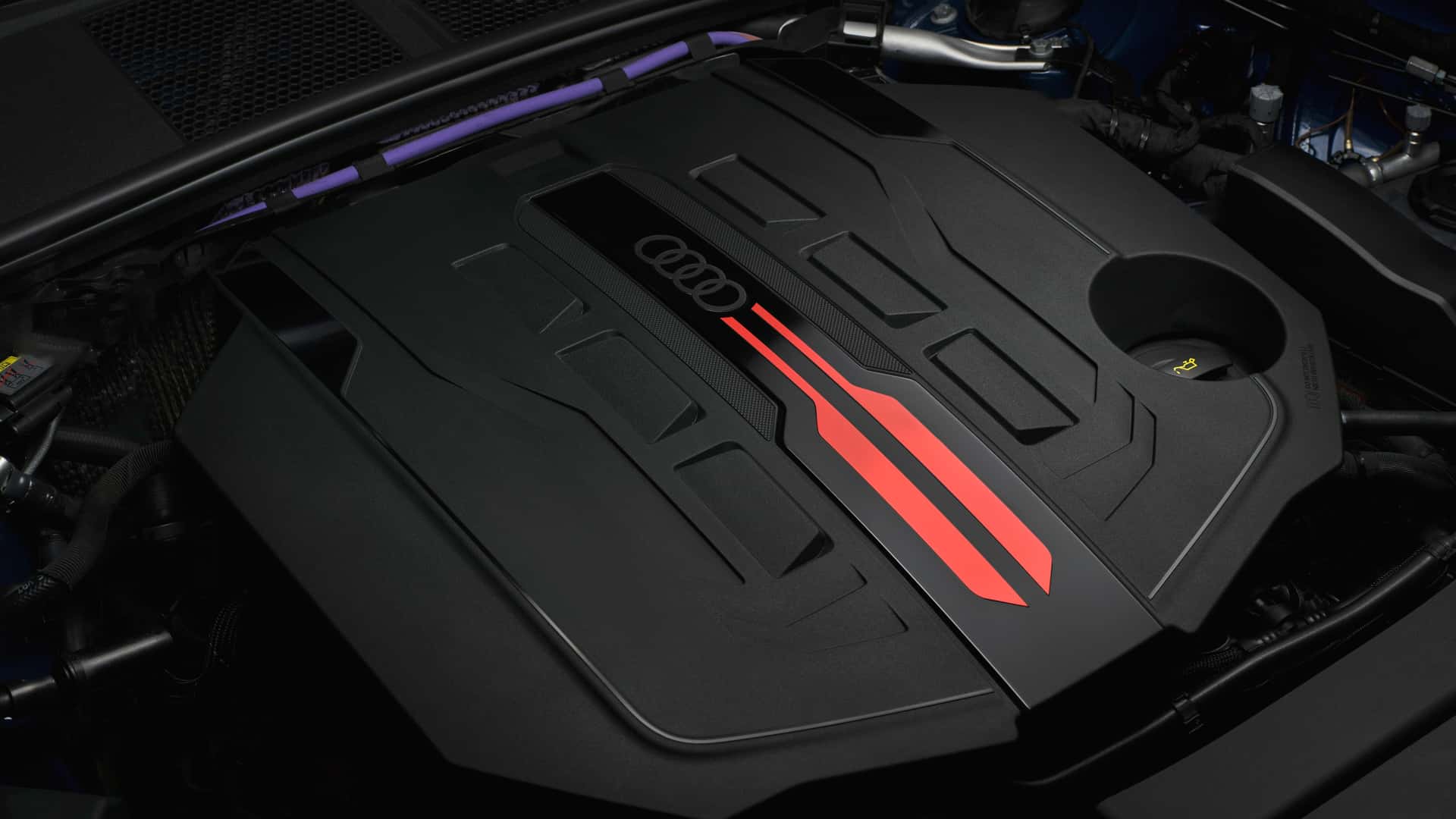
Dynamic and Muscular Exterior Design
The redesigned A5 family features powerful, clean lines with a long wheelbase, large wheels, and a low, sporty body that embodies progressive dynamism and premium standards. The Sedan’s sporty greenhouse stretches to the rear in a coupé-like manner, ending at a striking spoiler lip on the short tailgate. The Avant features a dynamic, taut roofline merging into a seamlessly integrated roof spoiler, emphasising its sporty and flat rear window.
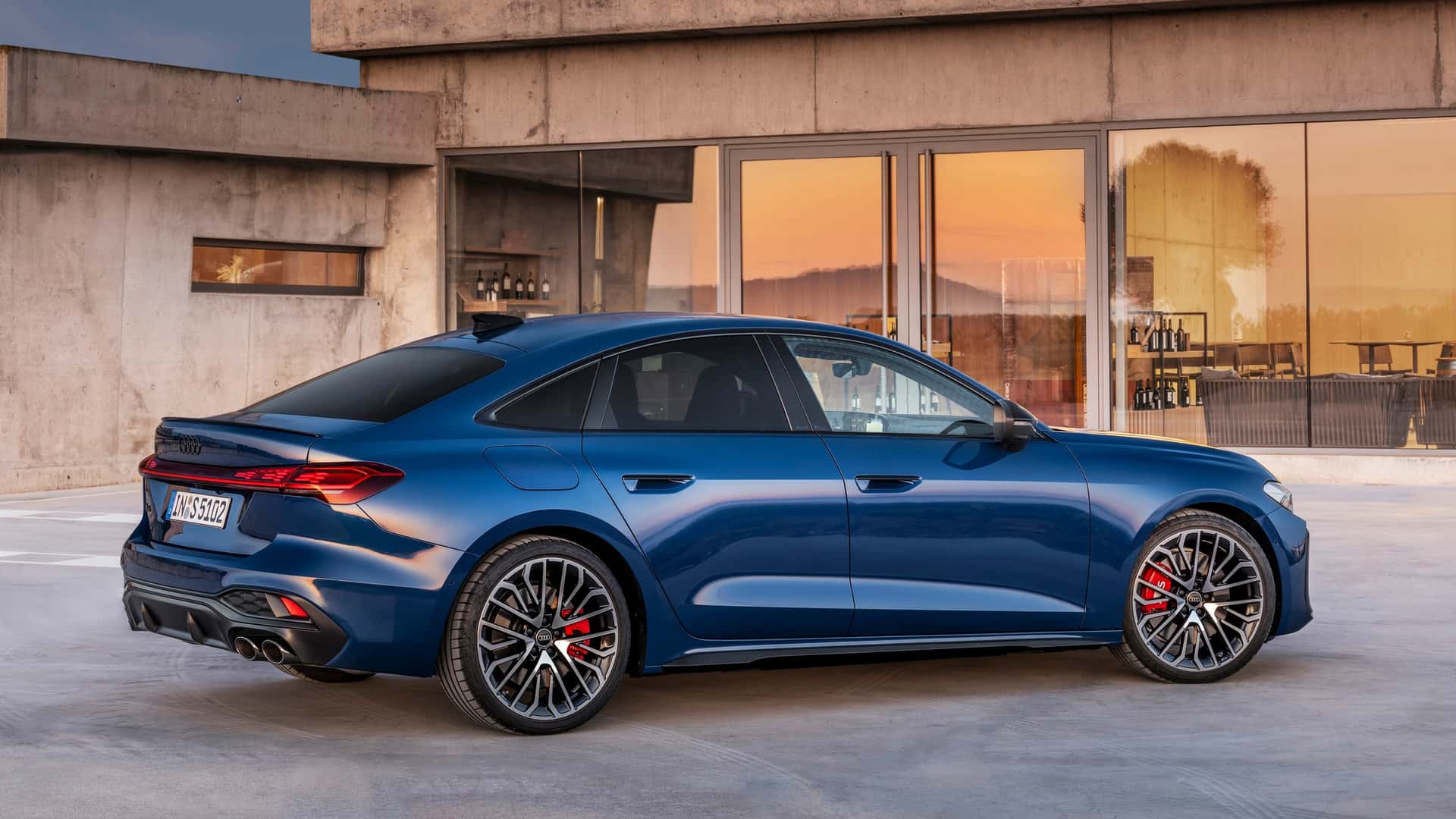
The front end is dominated by a wide and significantly flatter Singleframe grille with a three-dimensional honeycomb structure, flanked by slim, precisely drawn headlights. The hood is flush with the front end, and powerful blisters over the wheels recall the Audi Urquattro, a core element of Audi’s design DNA.
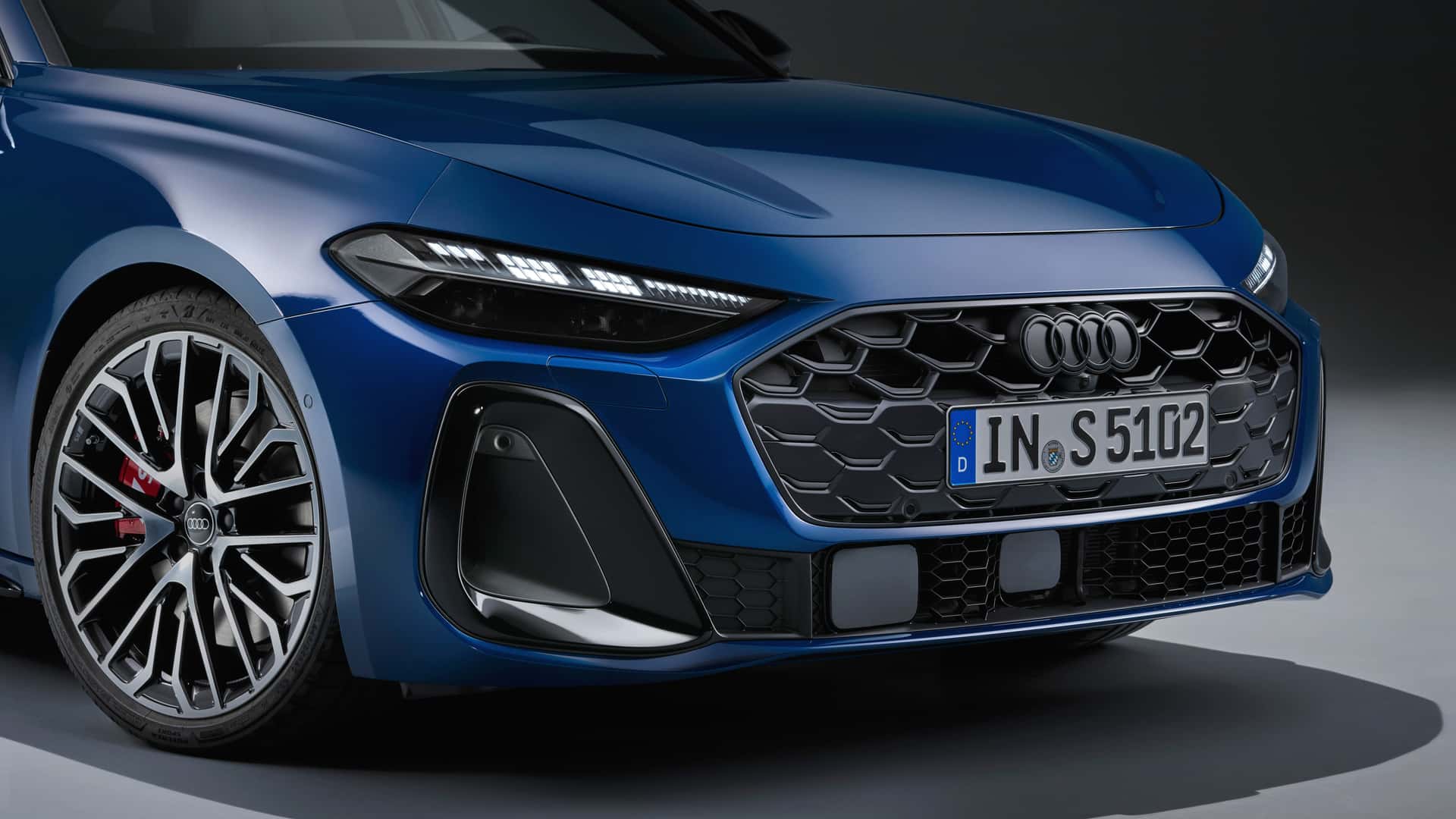
Advanced Lighting Technology
The A5 family introduces new digital daytime running lights with LED technology and second-generation digital OLED rear lights. These lights, featuring around 60 segments per OLED panel, enhance car-to-x communication and road safety. Dynamic lighting effects during unlocking and departure reflect Audi’s light DNA, with active digital light signatures conveying a new sense of liveliness.
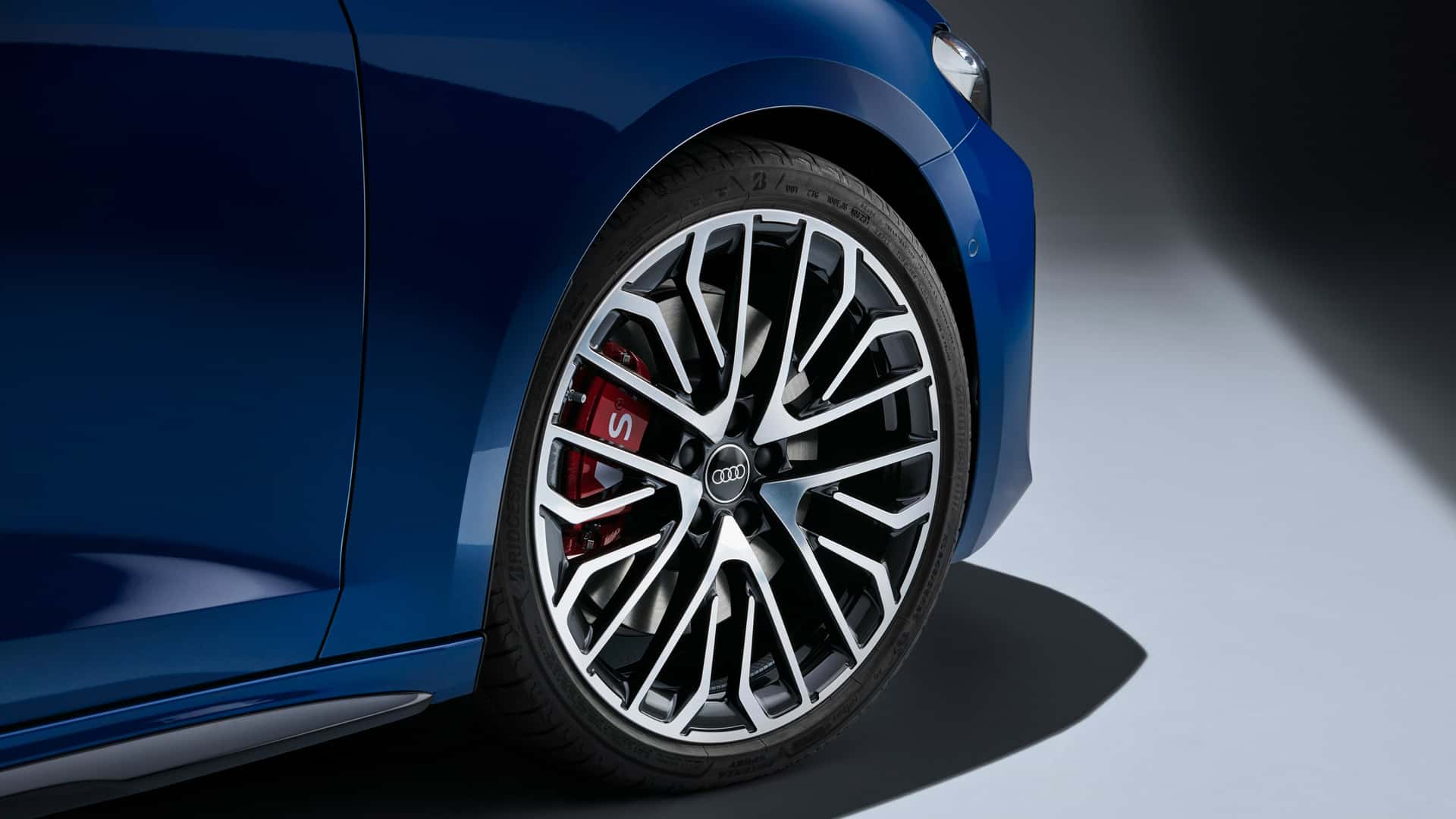
Innovative Interior Design
The interior of the new Audi A5 focuses on four key features:
- Human-Centric Design: Geared towards user needs.
- Digital Stage: Clear view displays for the driver and front passenger.
- Material Driven Design: Ensures a generous sense of space and comfort.
- Visual Clarity: Offers a clear, easy-to-use layout.
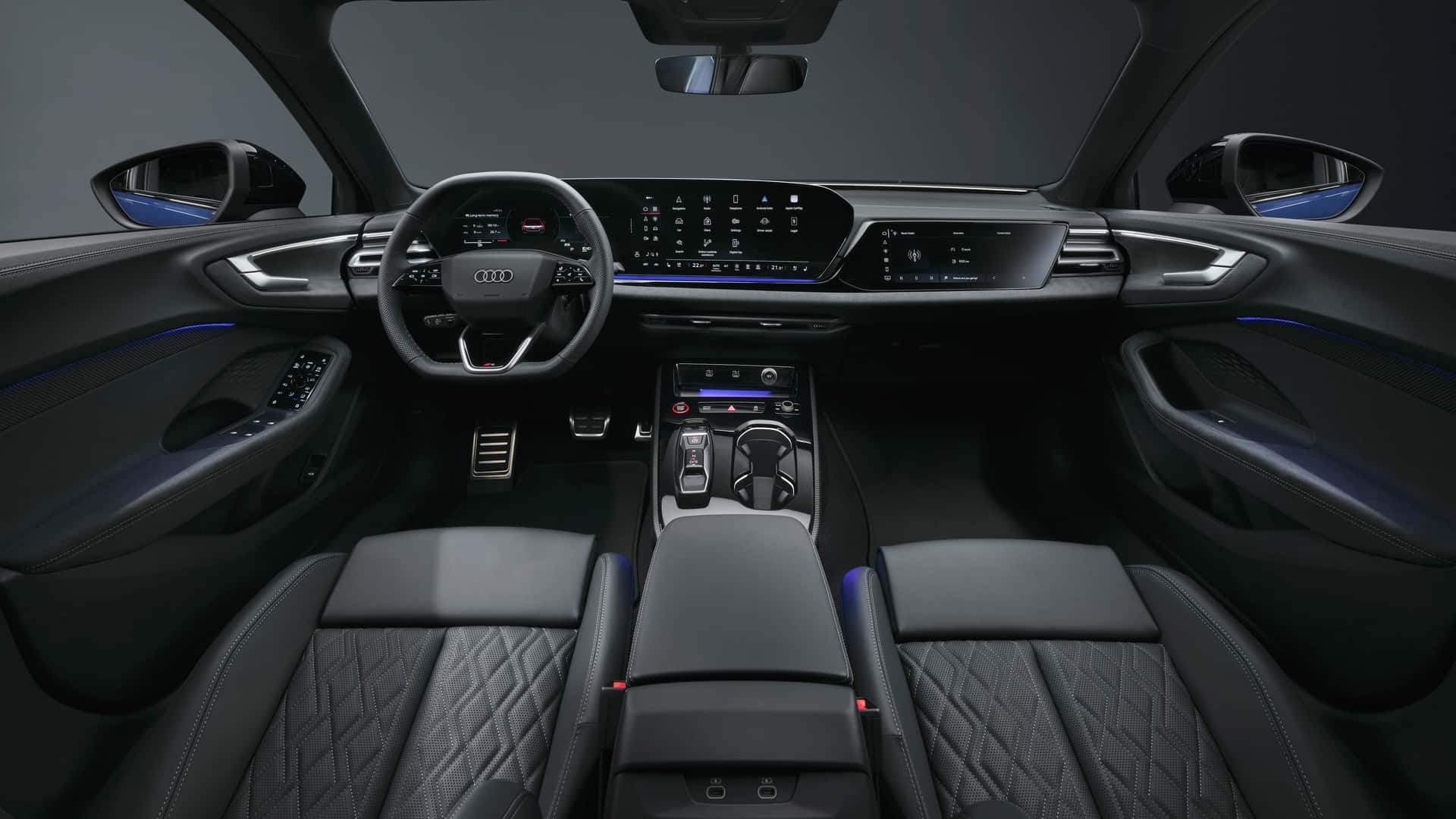
Additionally, the optional dynamic interaction light supports the car’s interaction with occupants. The new MMI panoramic display and head-up display enhance the user experience, integrating seamlessly into the digital ecosystem and offering a personalised connectivity experience.
Cutting-Edge Hybrid Technology
The A5 family features the advanced MHEV plus system based on a 48-volt on-board electrical system, supporting the combustion engine, reducing CO2 emissions, and increasing performance. The powertrain generator (PTG) enables partially electric driving, contributing to reduced fuel consumption. The PTG can add up to 24PS of electric power and recuperate energy up to 25kW during deceleration, allowing for purely electric maneuvering and parking.
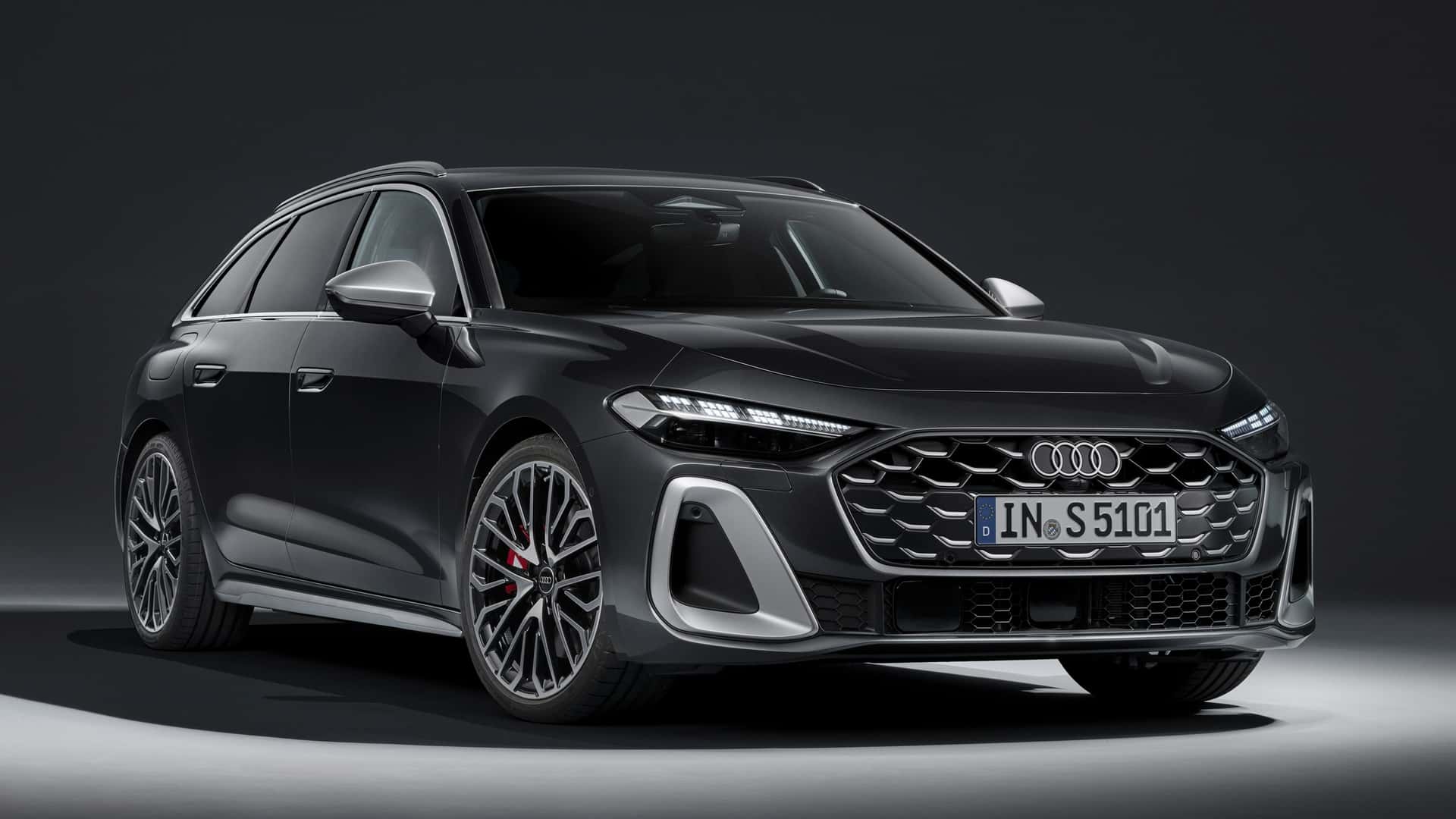
Engine Options and Performance
At launch, the A5 family offers a range of efficient engines:
- Entry-Level Engine: 2.0 TFSI with 150PS or 204PS, featuring a turbocharger with variable turbine geometry (VTG) for consistent torque.
- 2.0 TDI Engine: 204PS, with MHEV plus technology, offering high torque and smooth operation.
- S5: 3.0-litre V6 TFSI engine with 367PS, VTG, and MHEV plus technology, reducing CO2 emissions and enhancing agility.
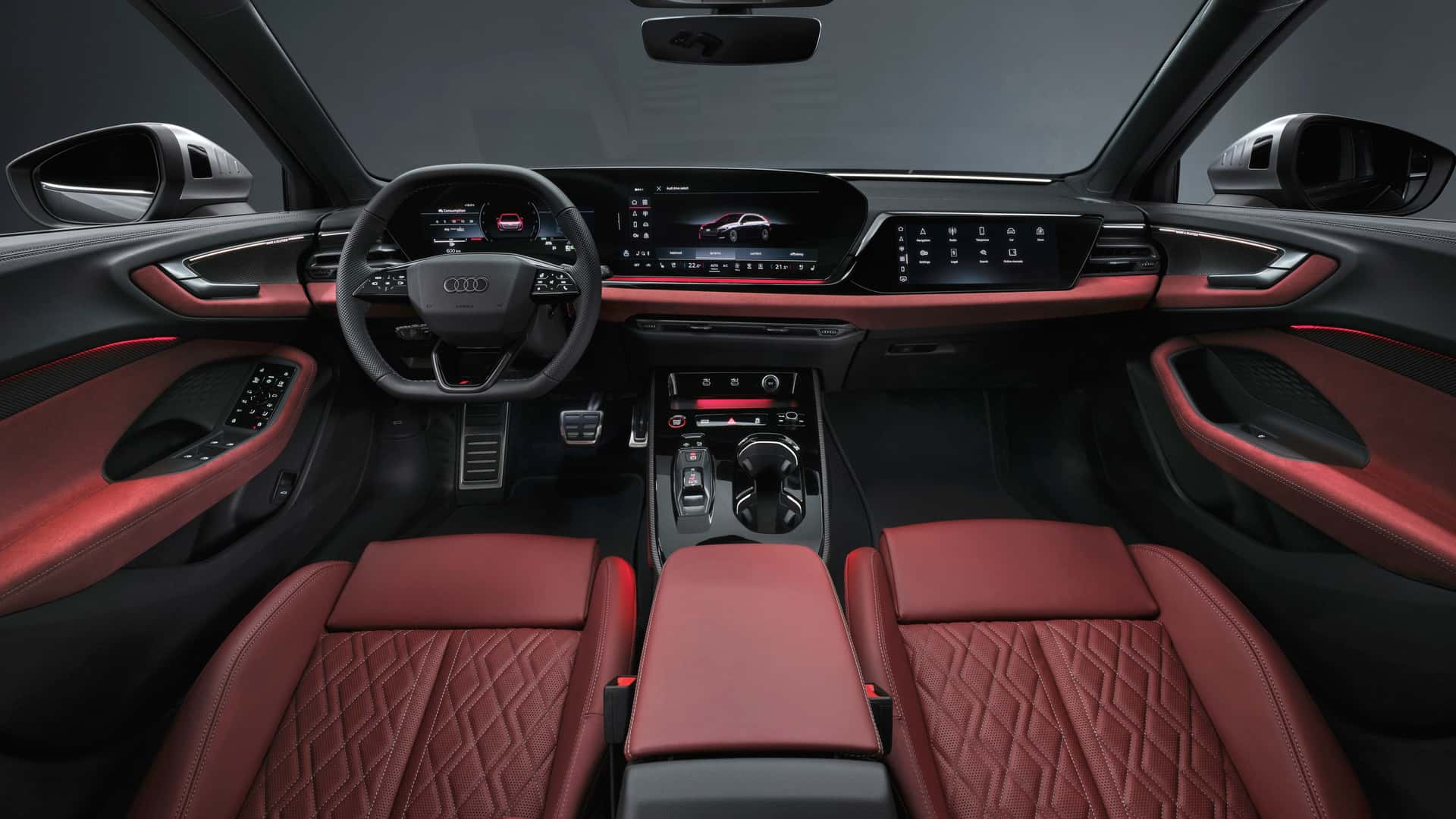
Enhanced Driving Dynamics
Audi has refined the A5’s suspension and steering for precise, effortless, and neutral handling. The optional adaptive dampers provide a significant differentiation between comfort and sportiness. The progressive steering in the new A5 is considerably more precise.
Market Launch and Pricing
The new Audi A5 family will be launched in Germany and other European countries in November, with orders starting in Germany from July 2024. The Audi A5 Sedan TFSI will be offered at an entry price of EUR 45,200 (RM230,302), including standard features such as navigation, an electrically powered rear hatch, and a telephone tray with inductive charging.




